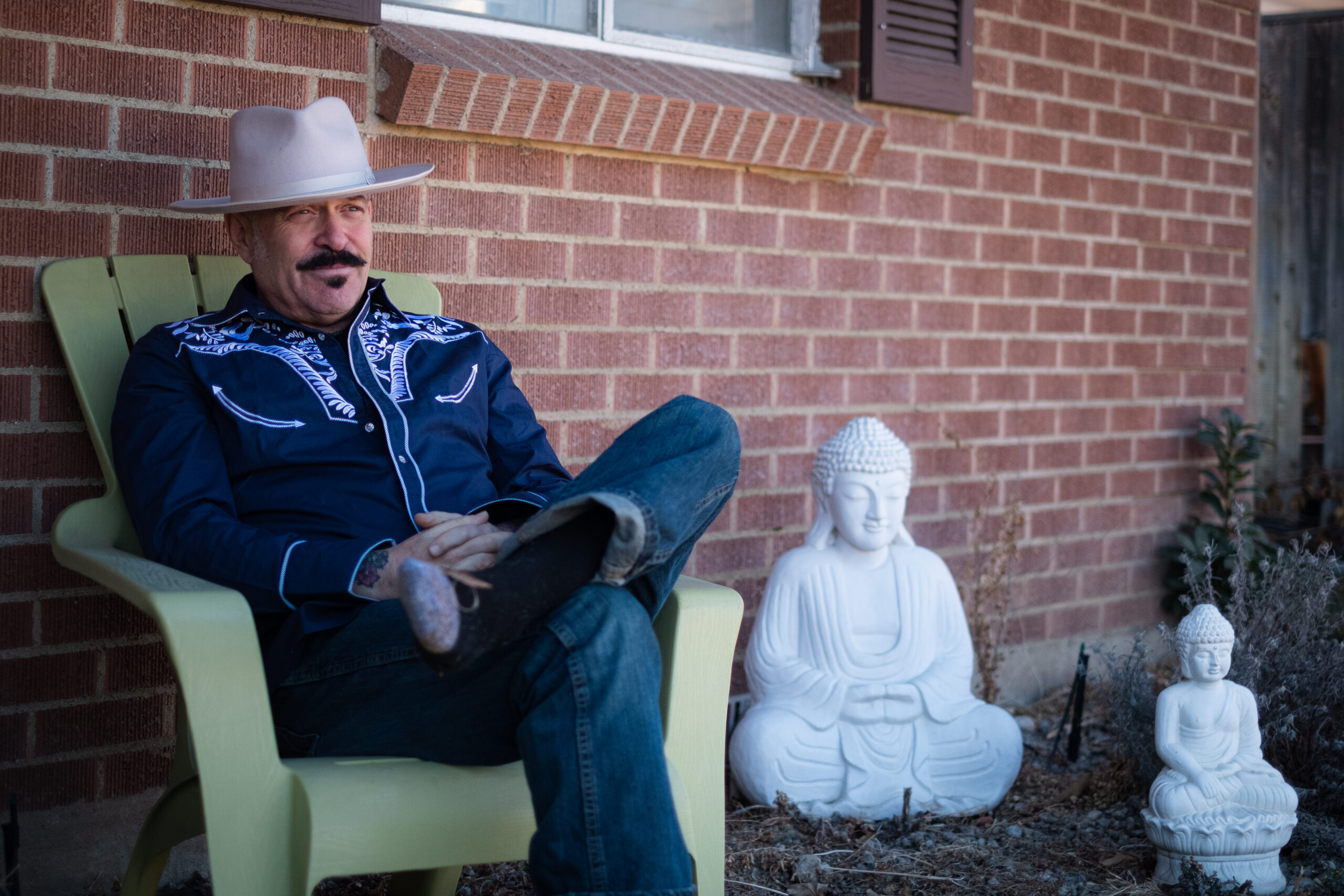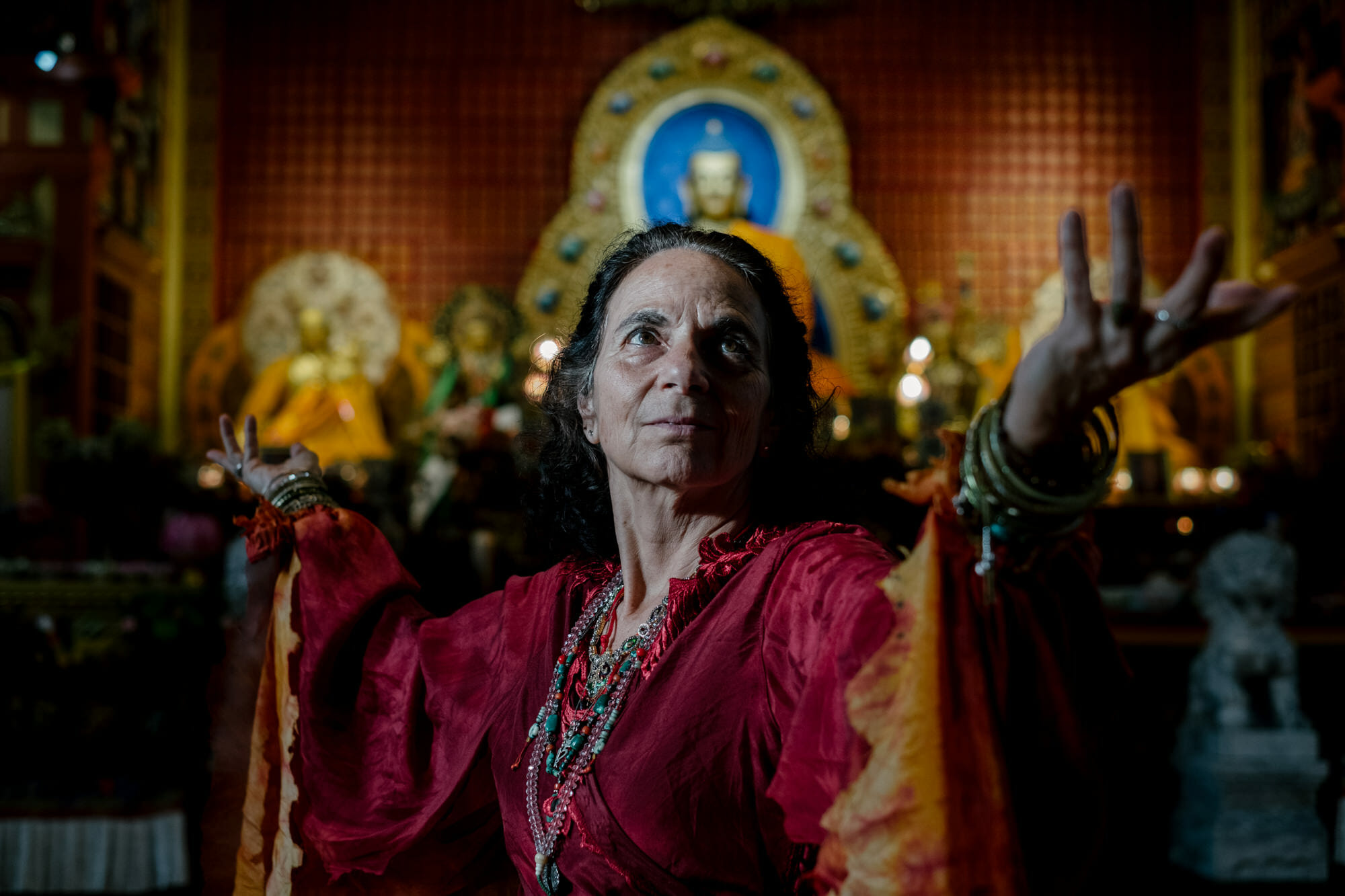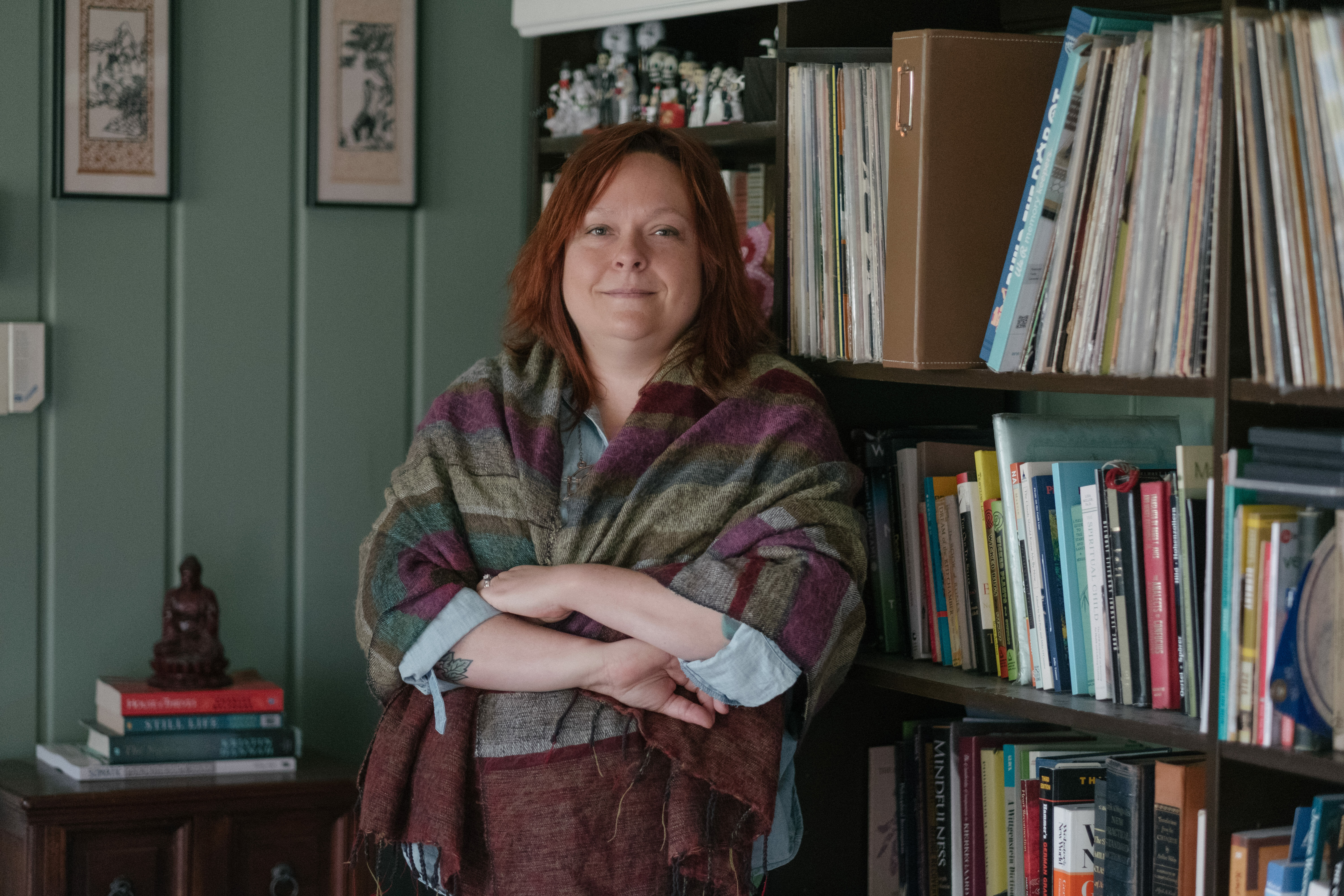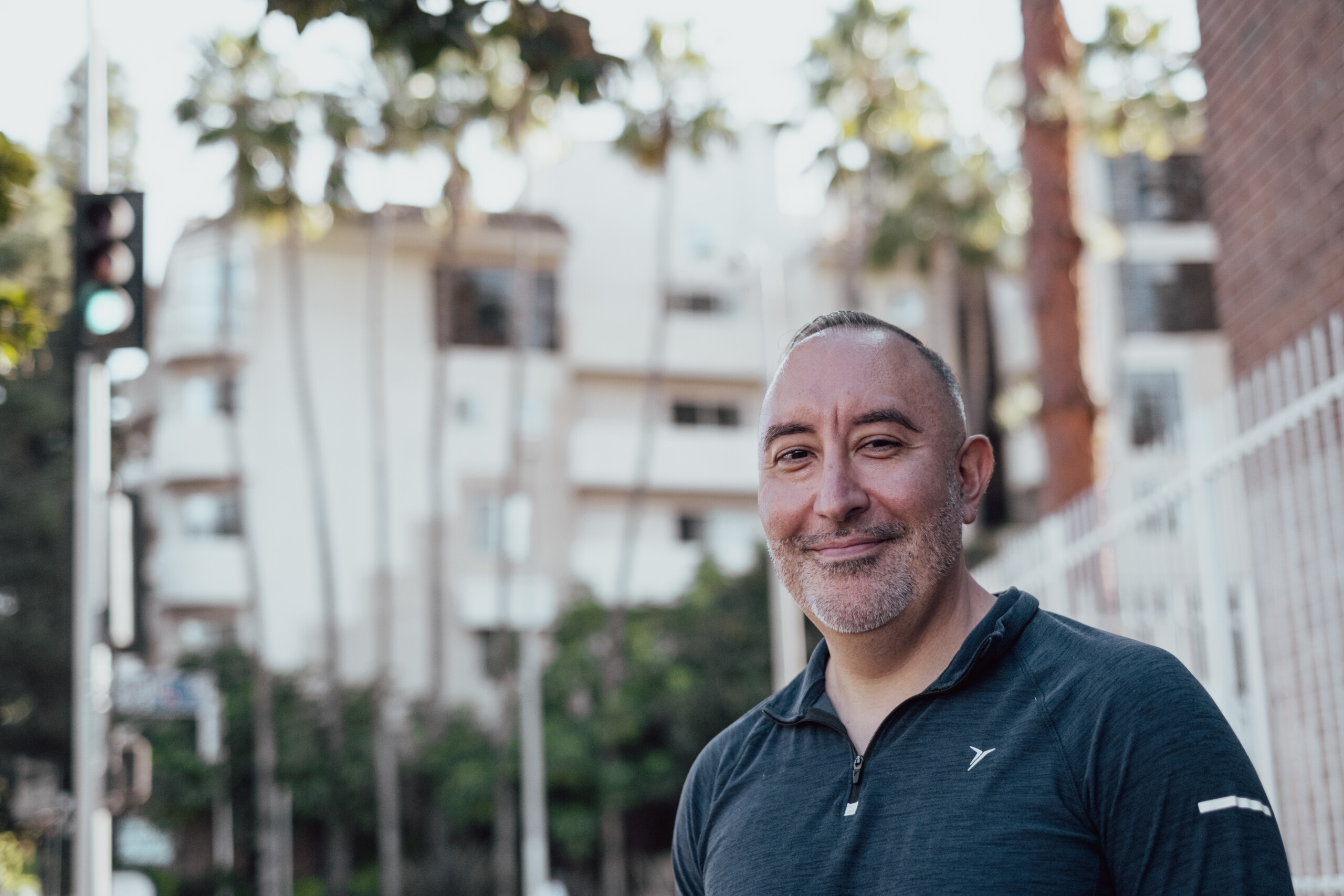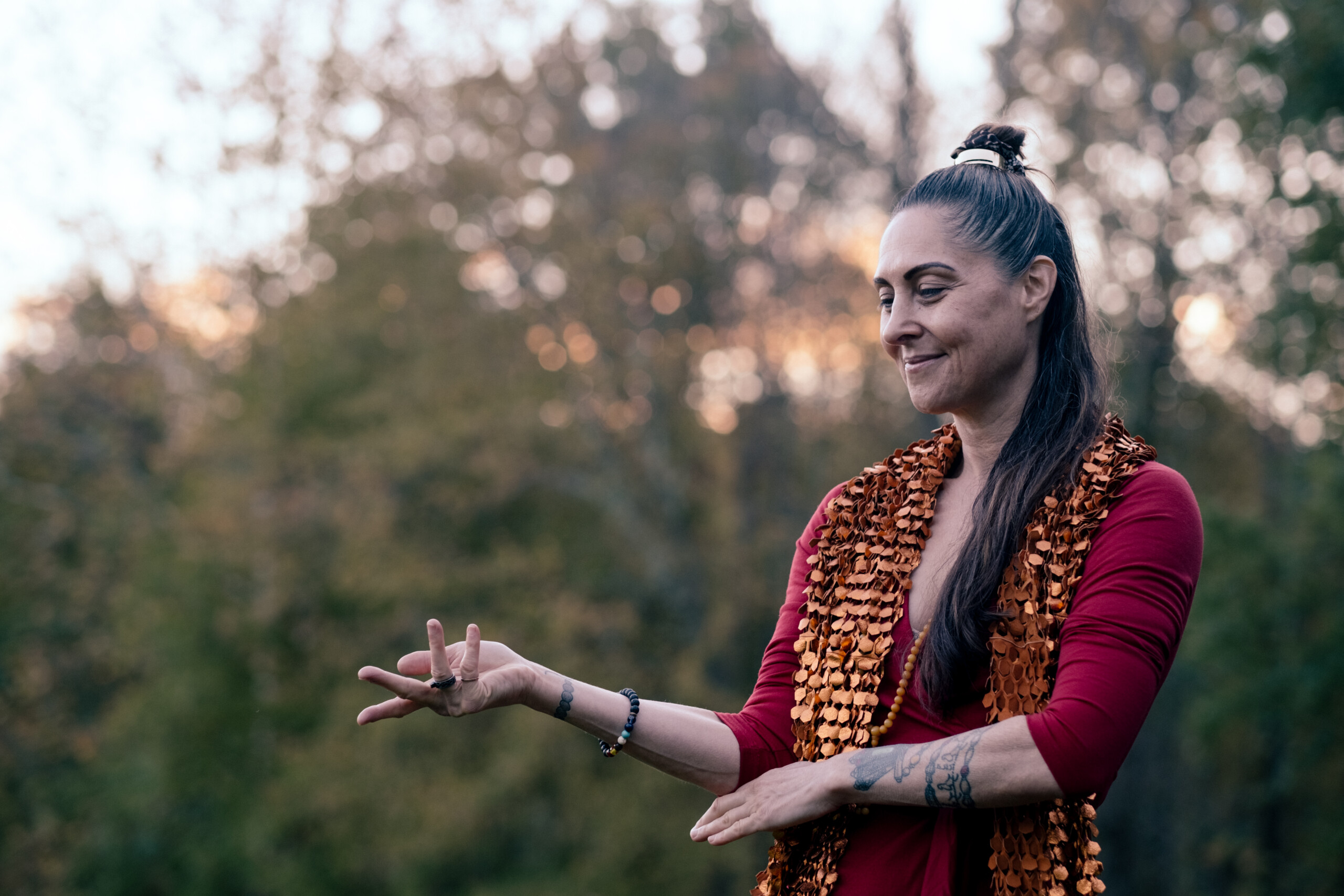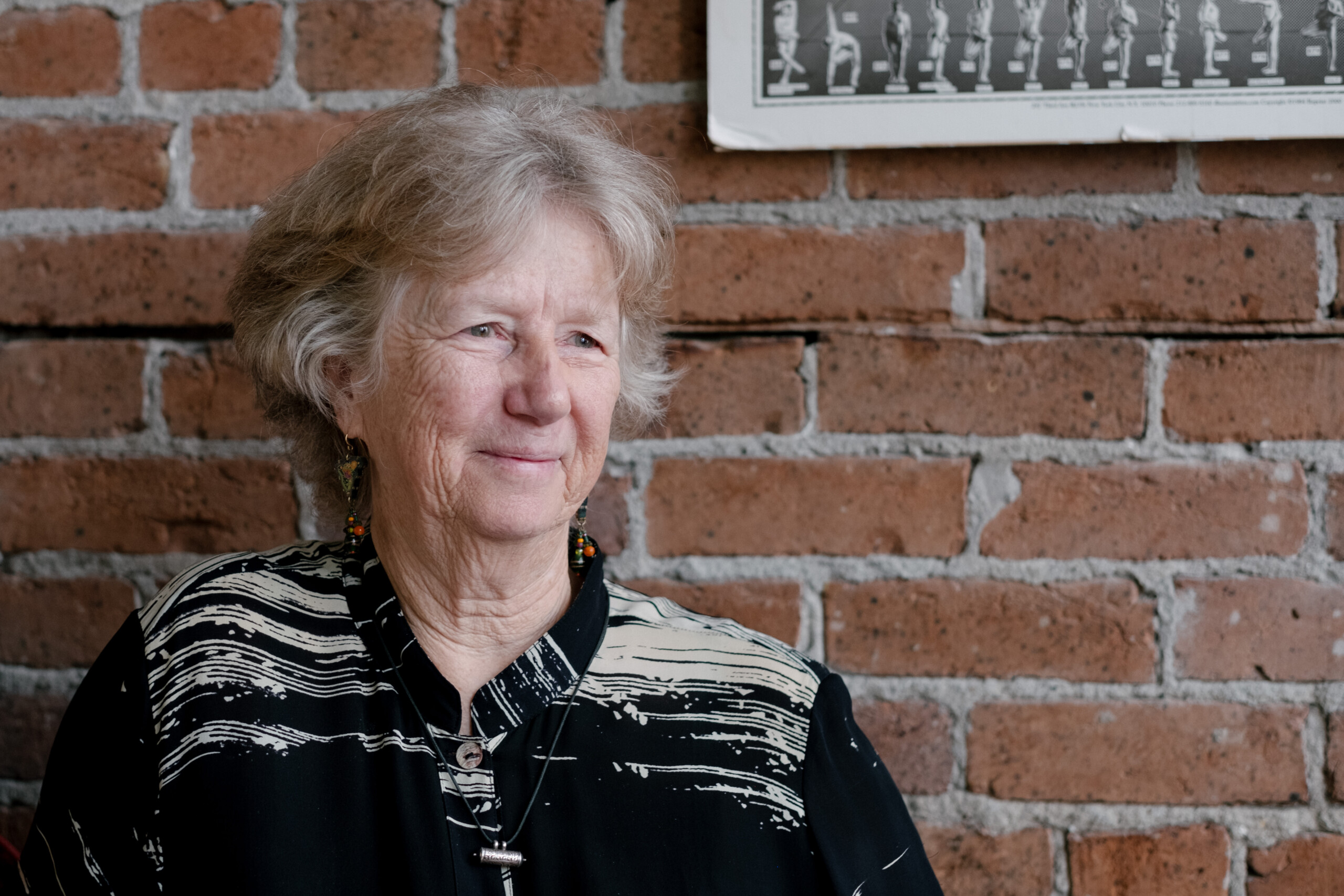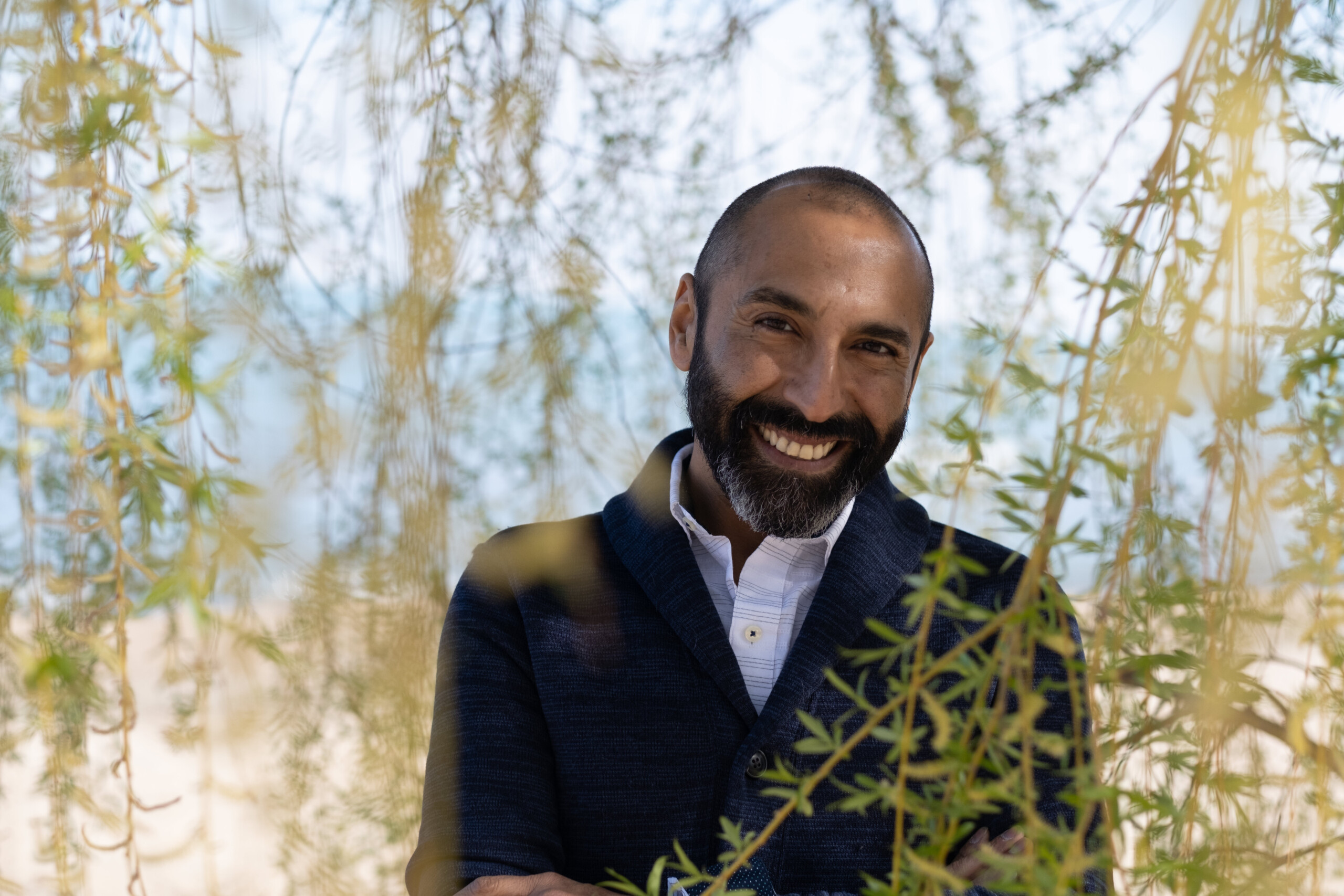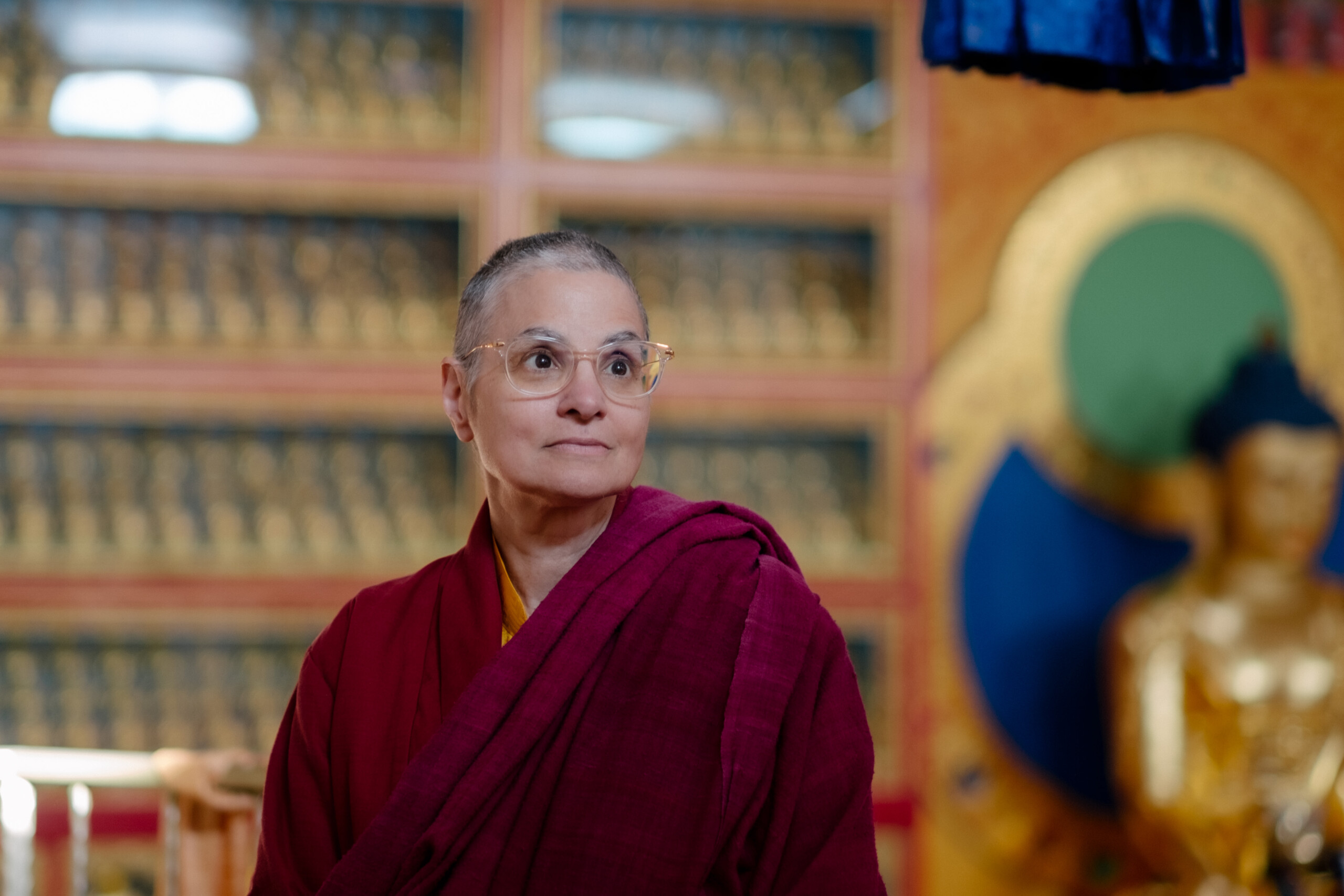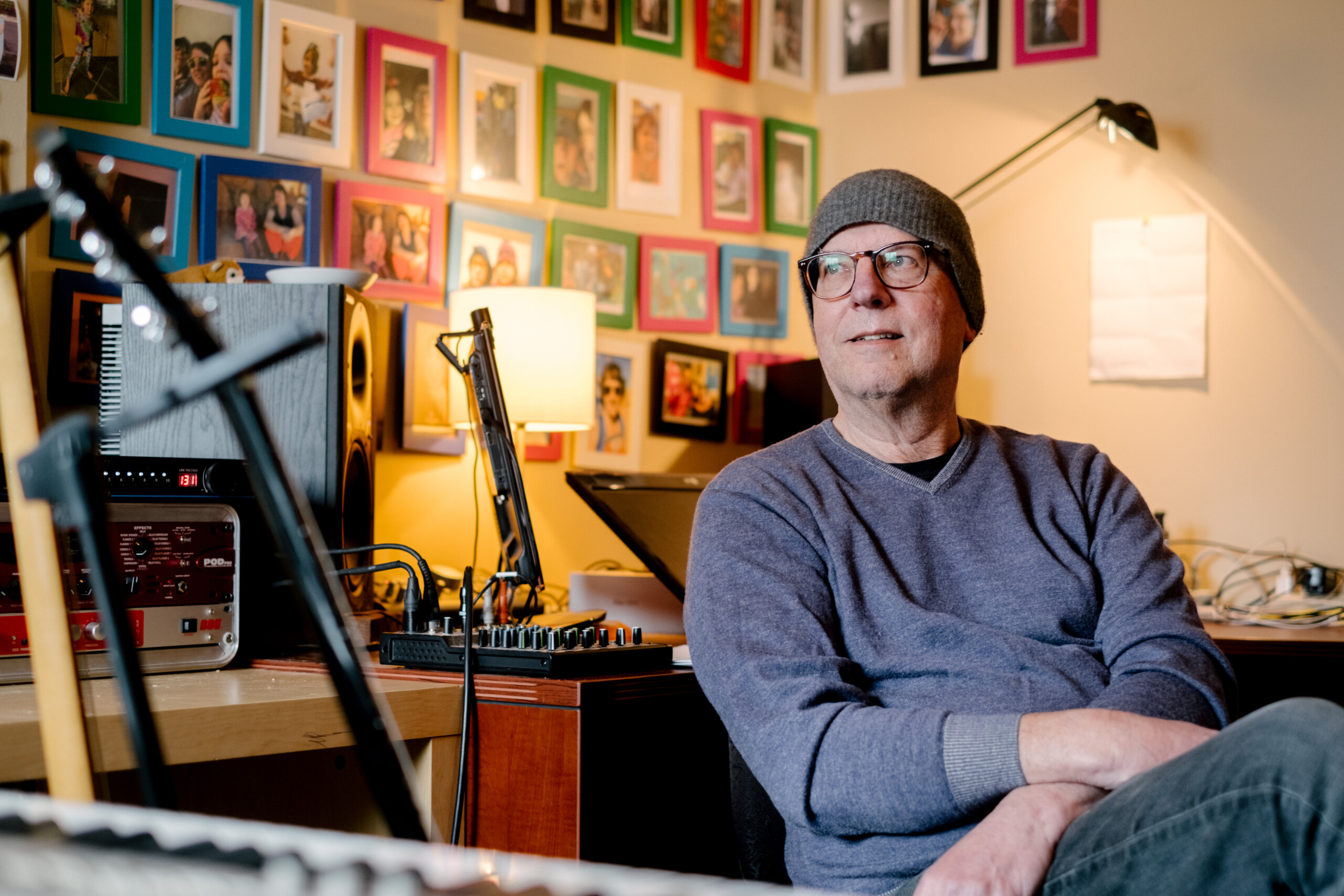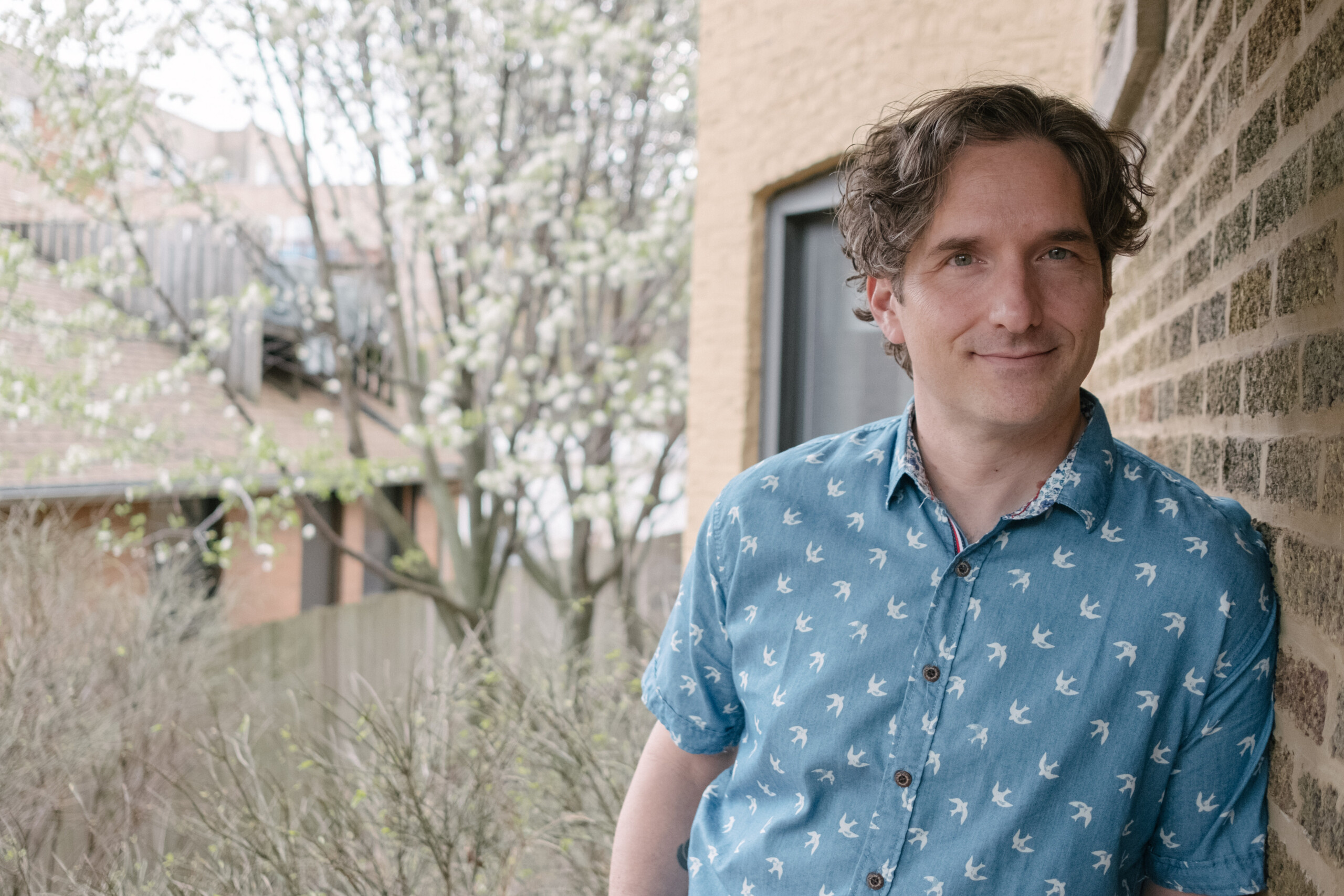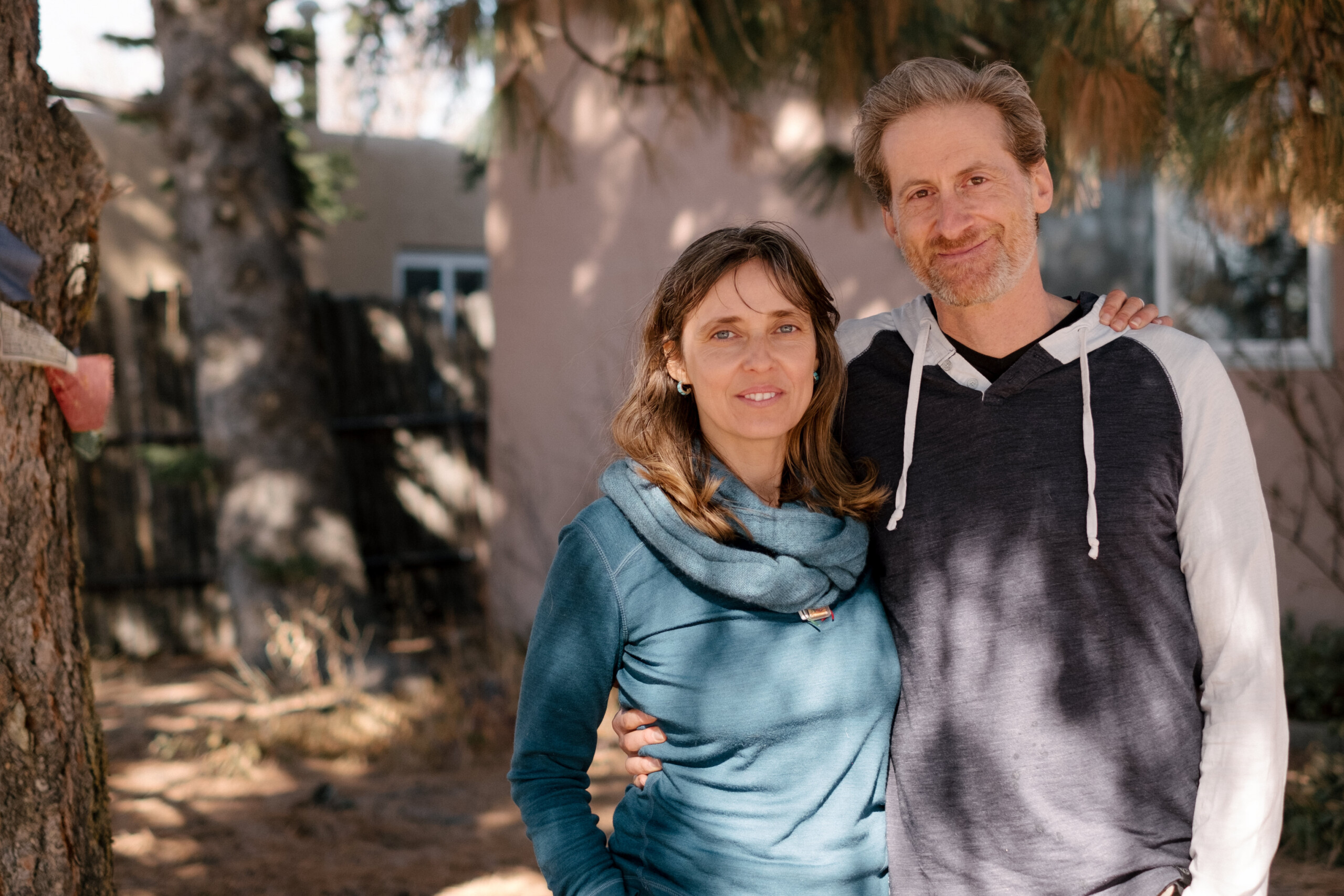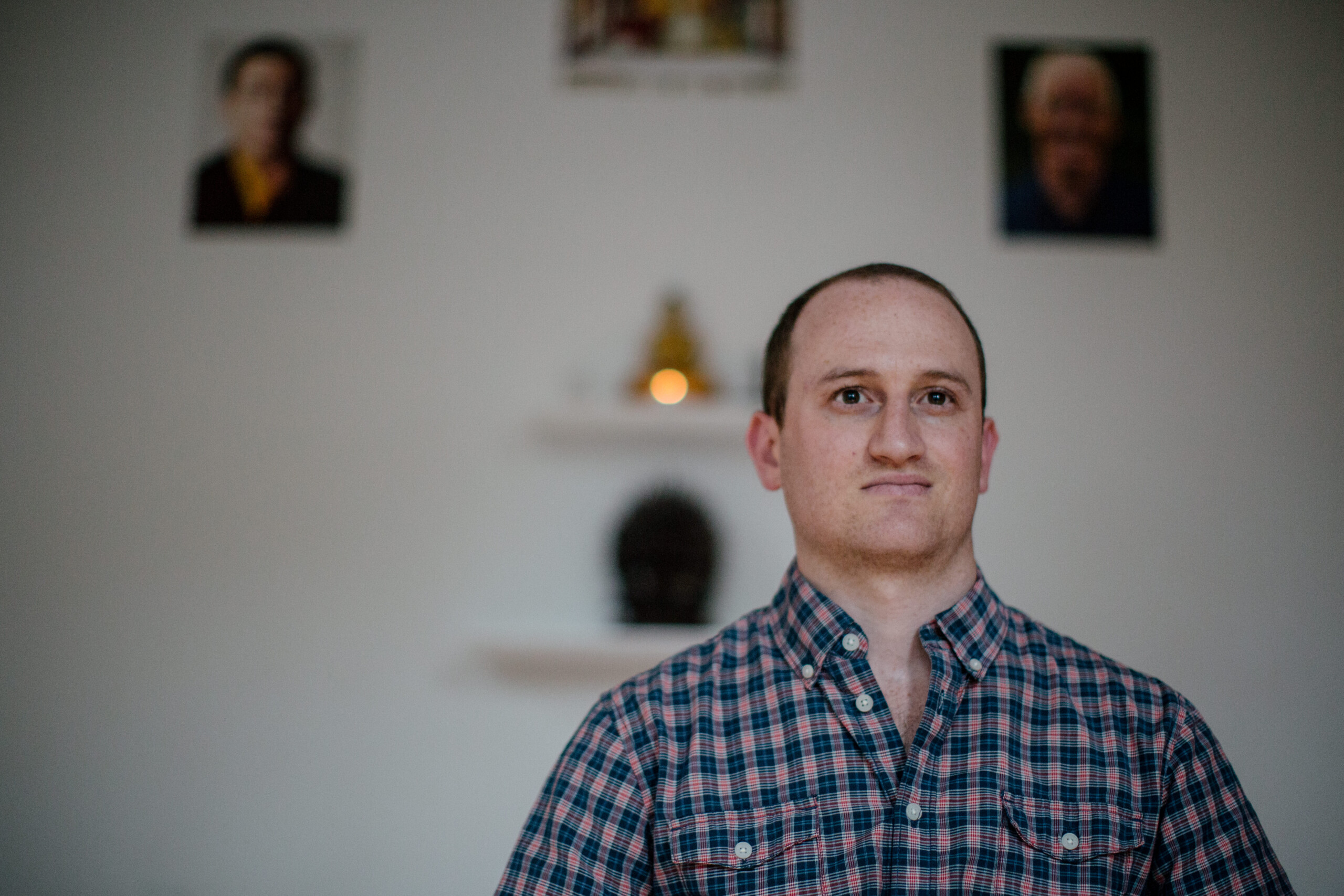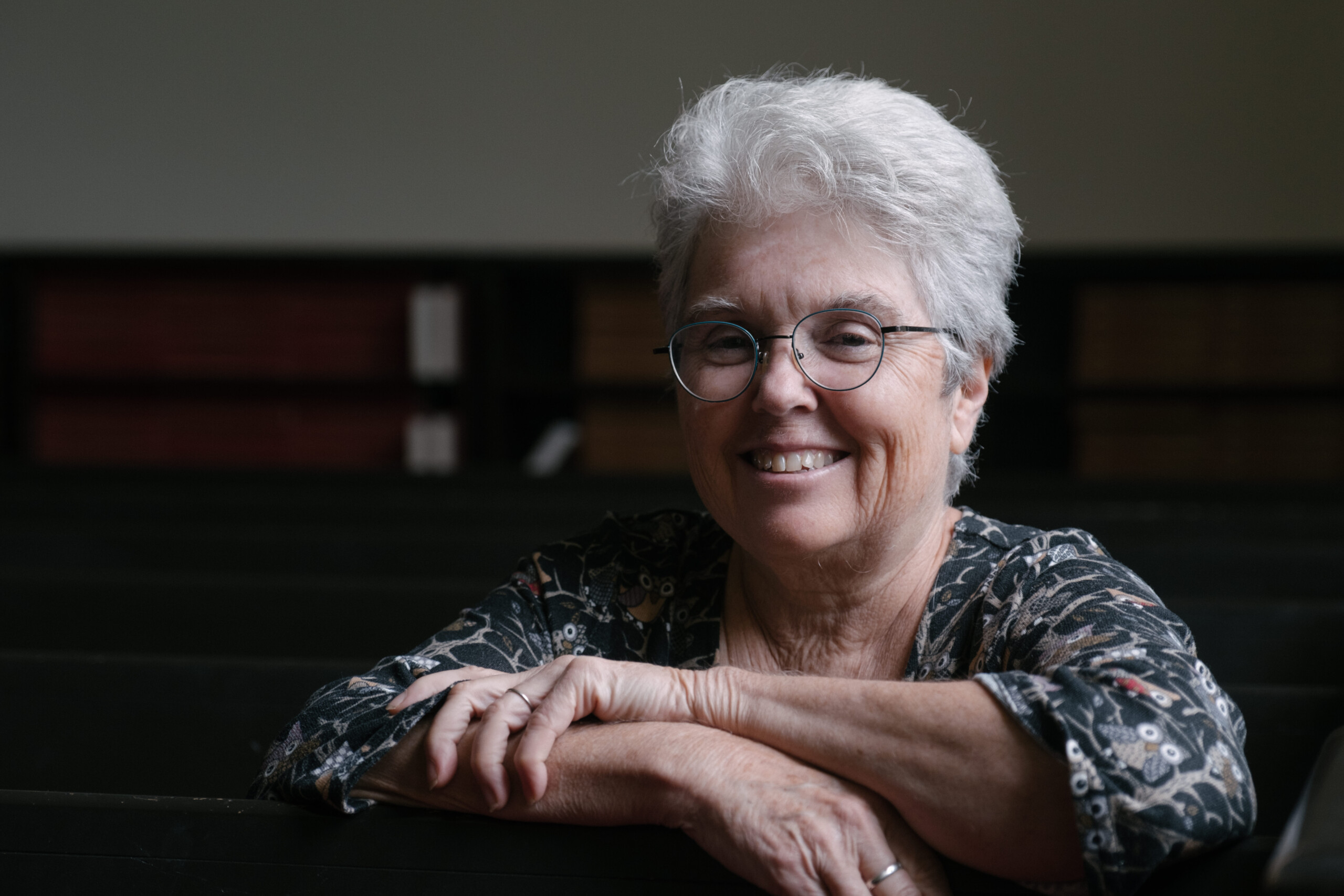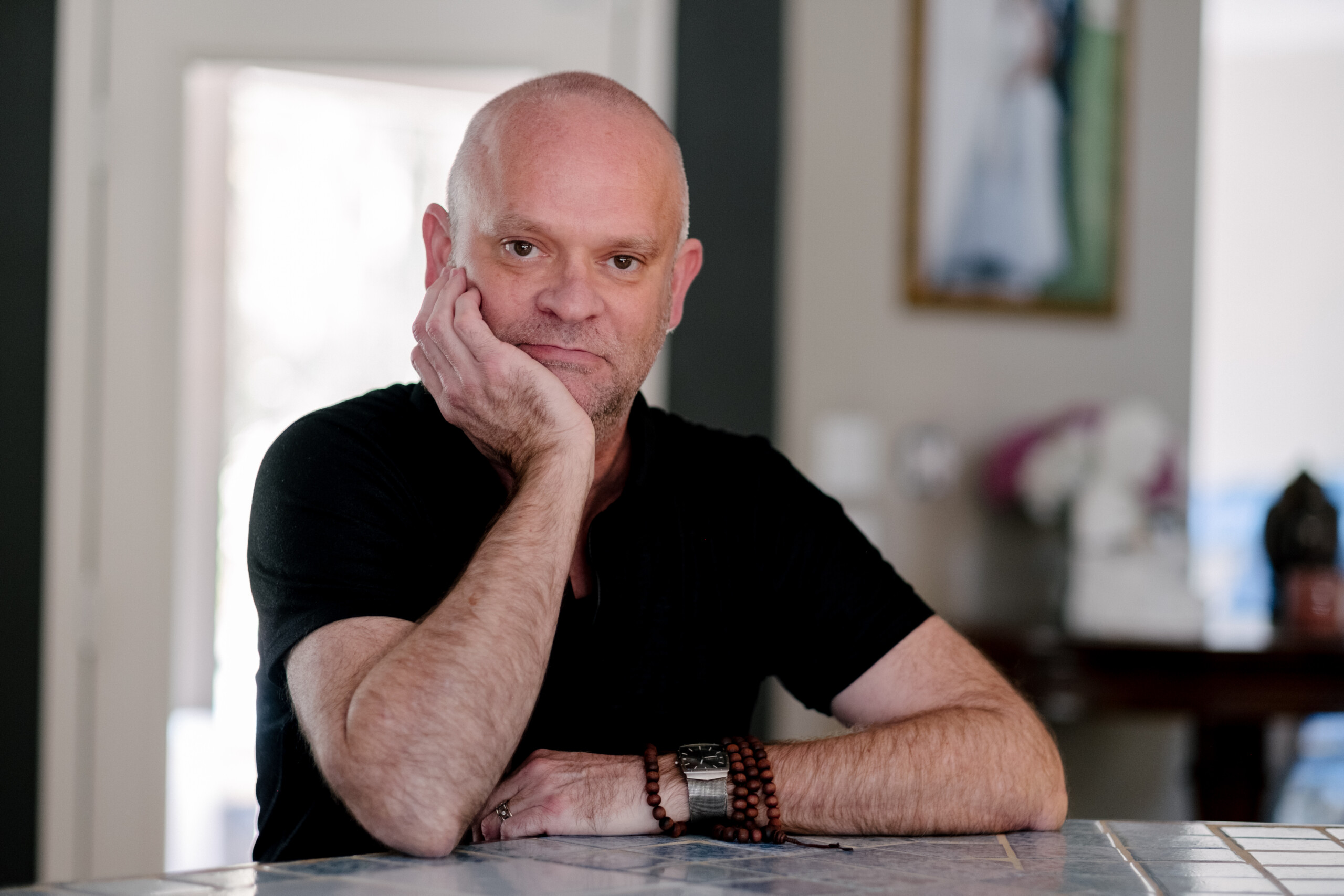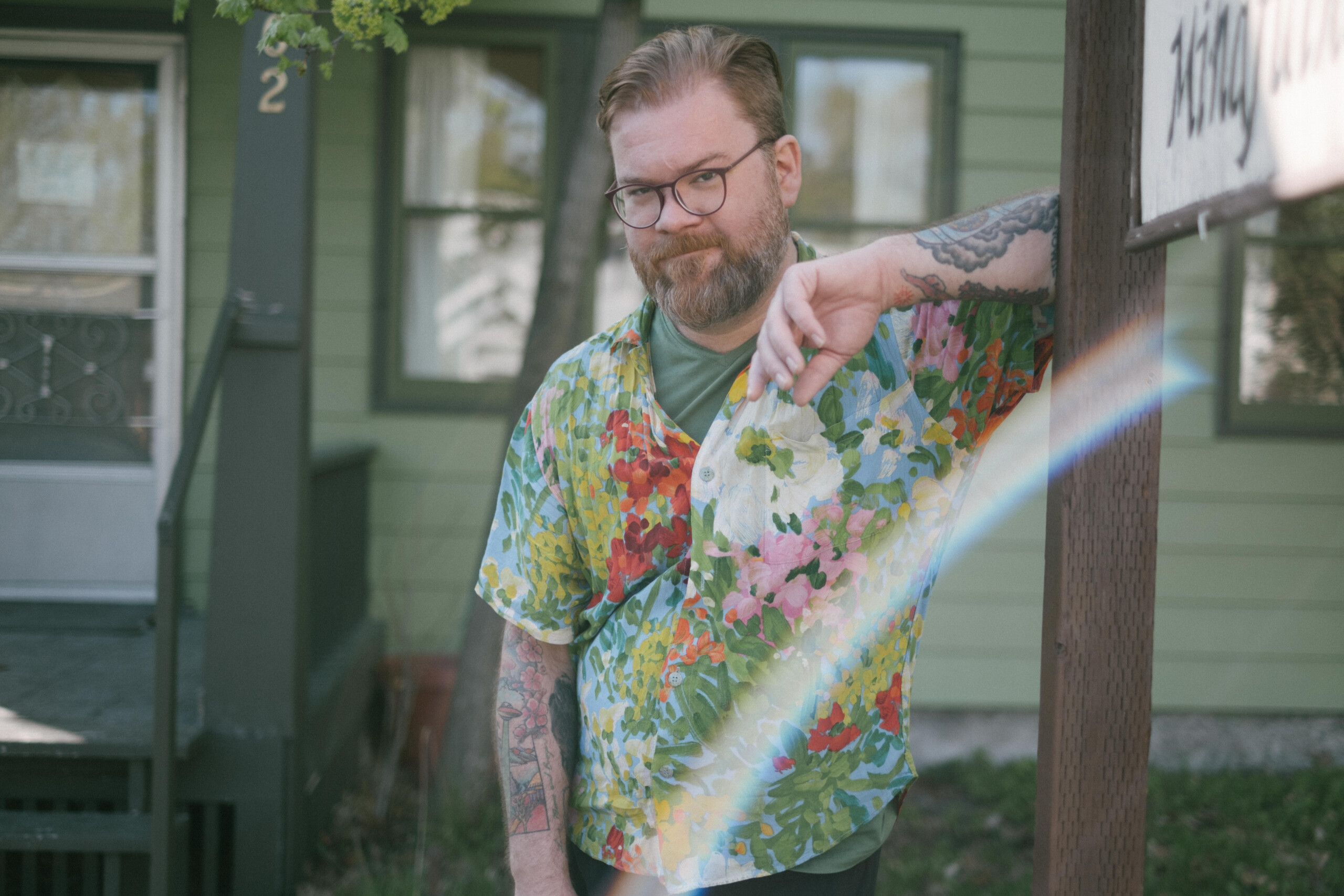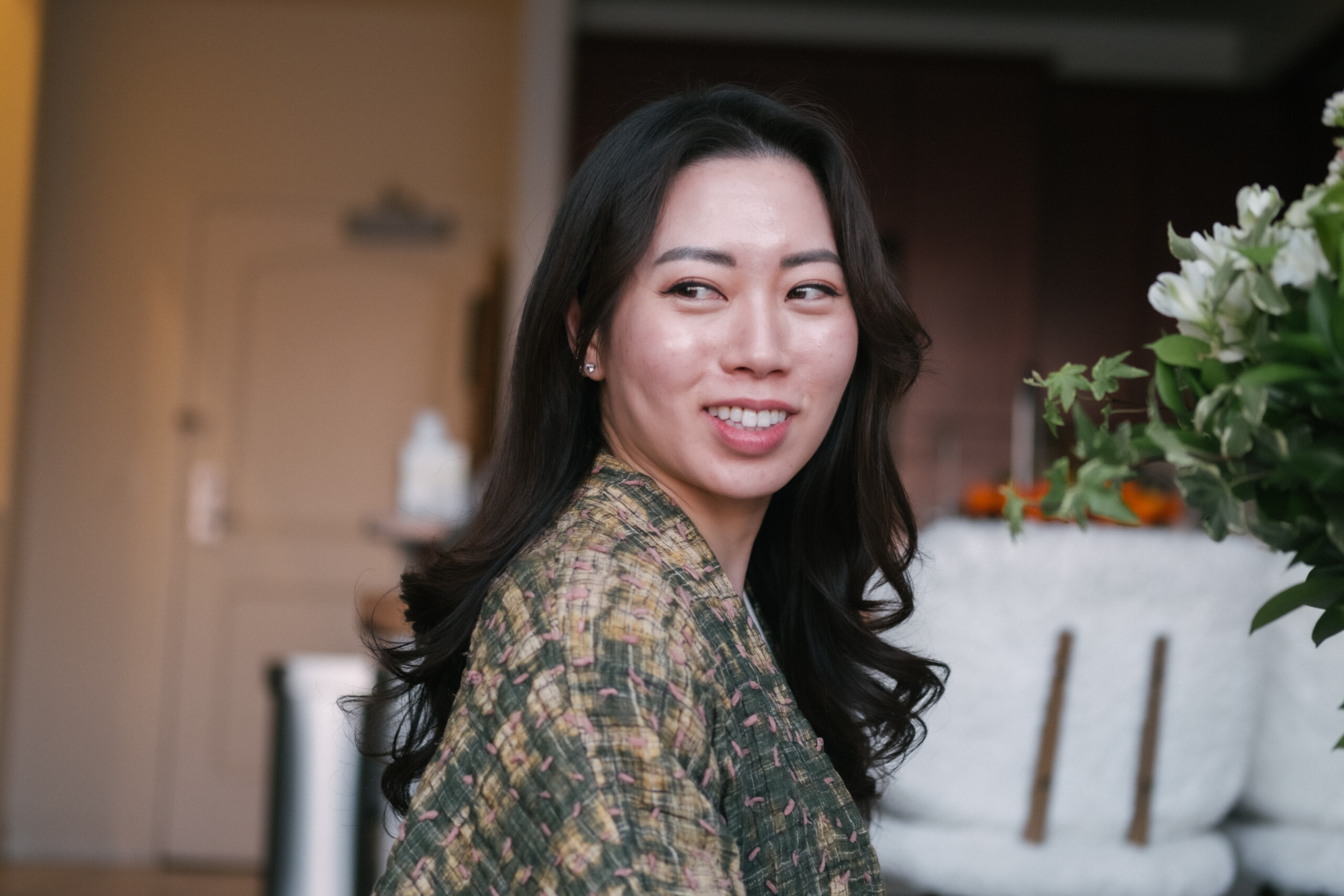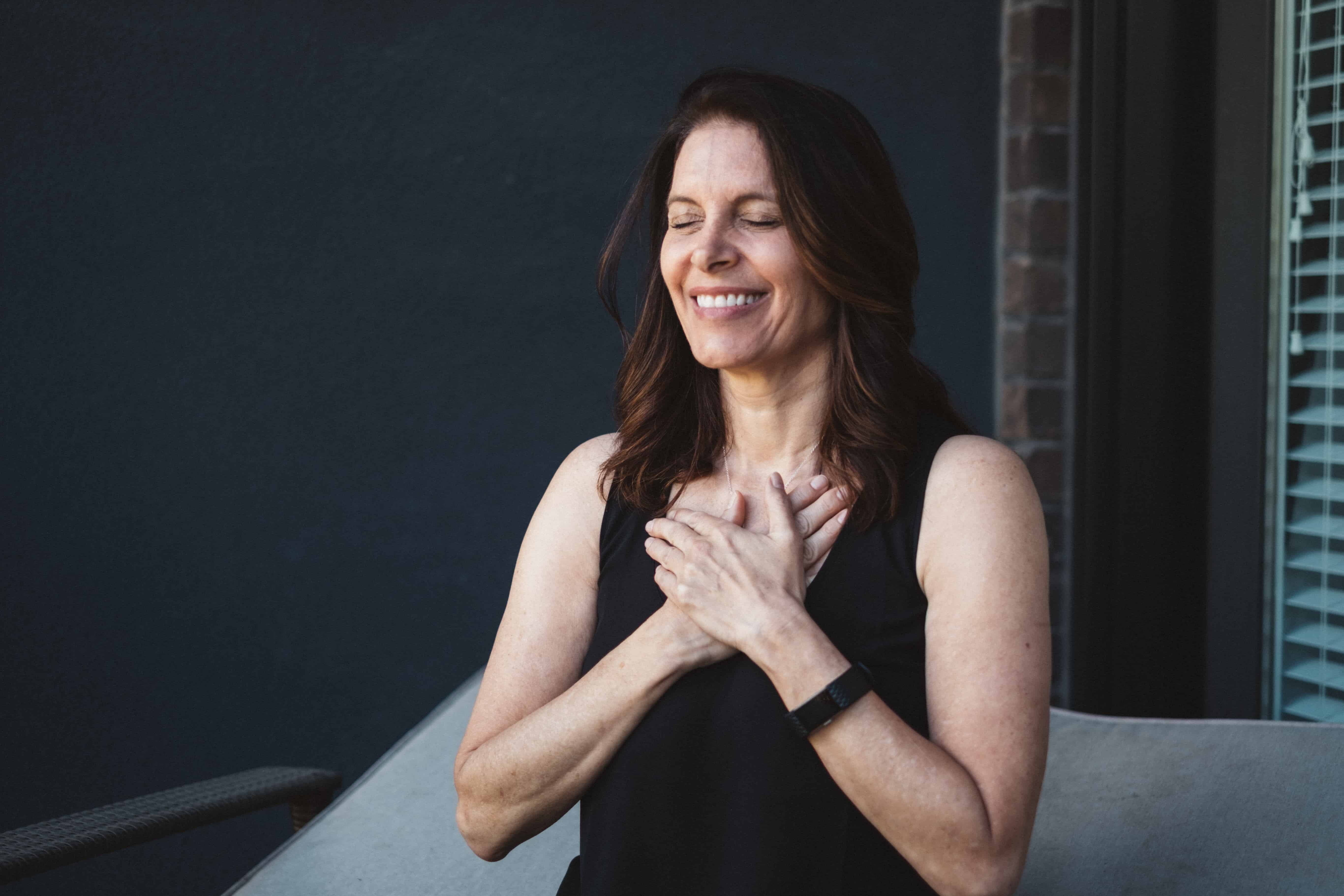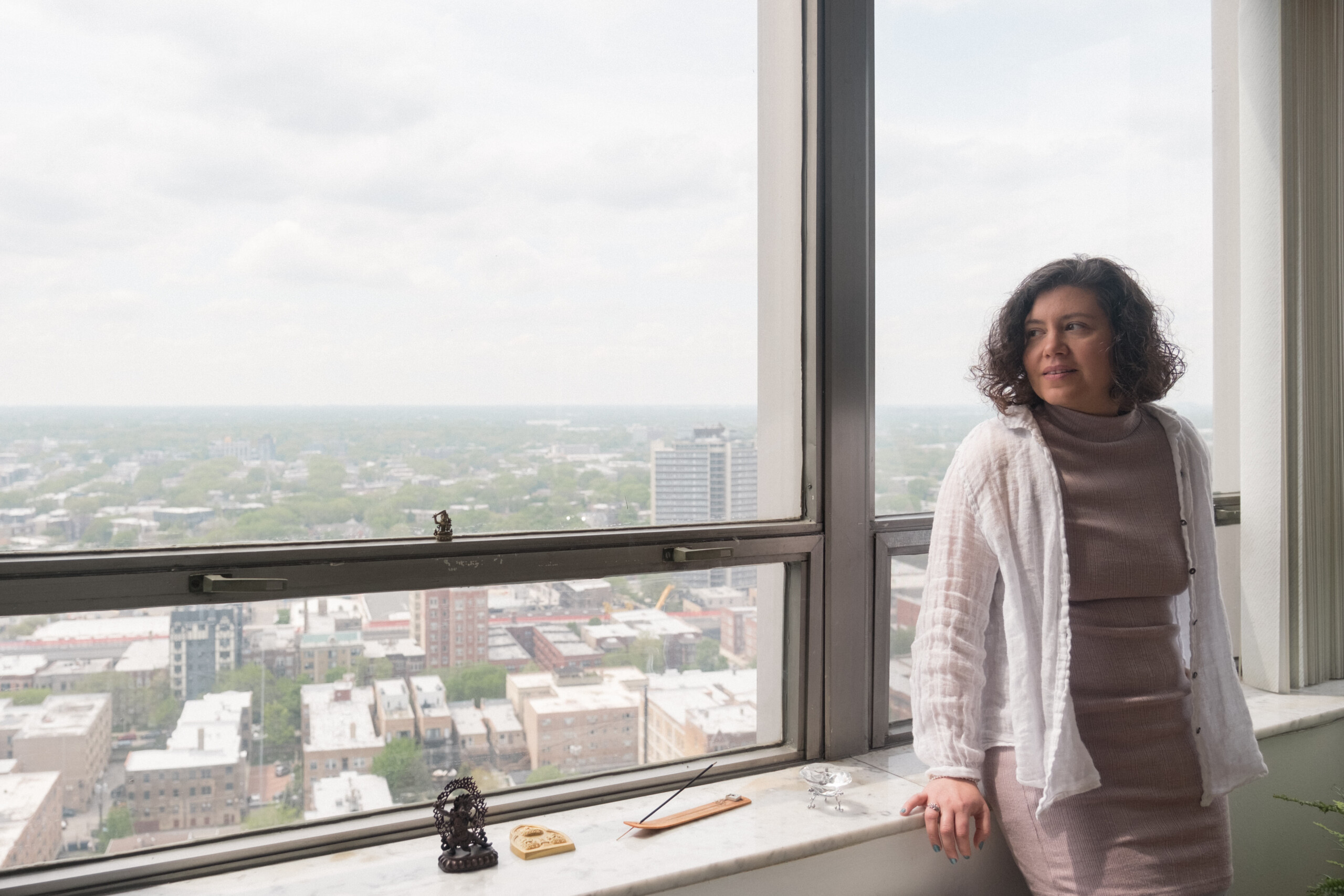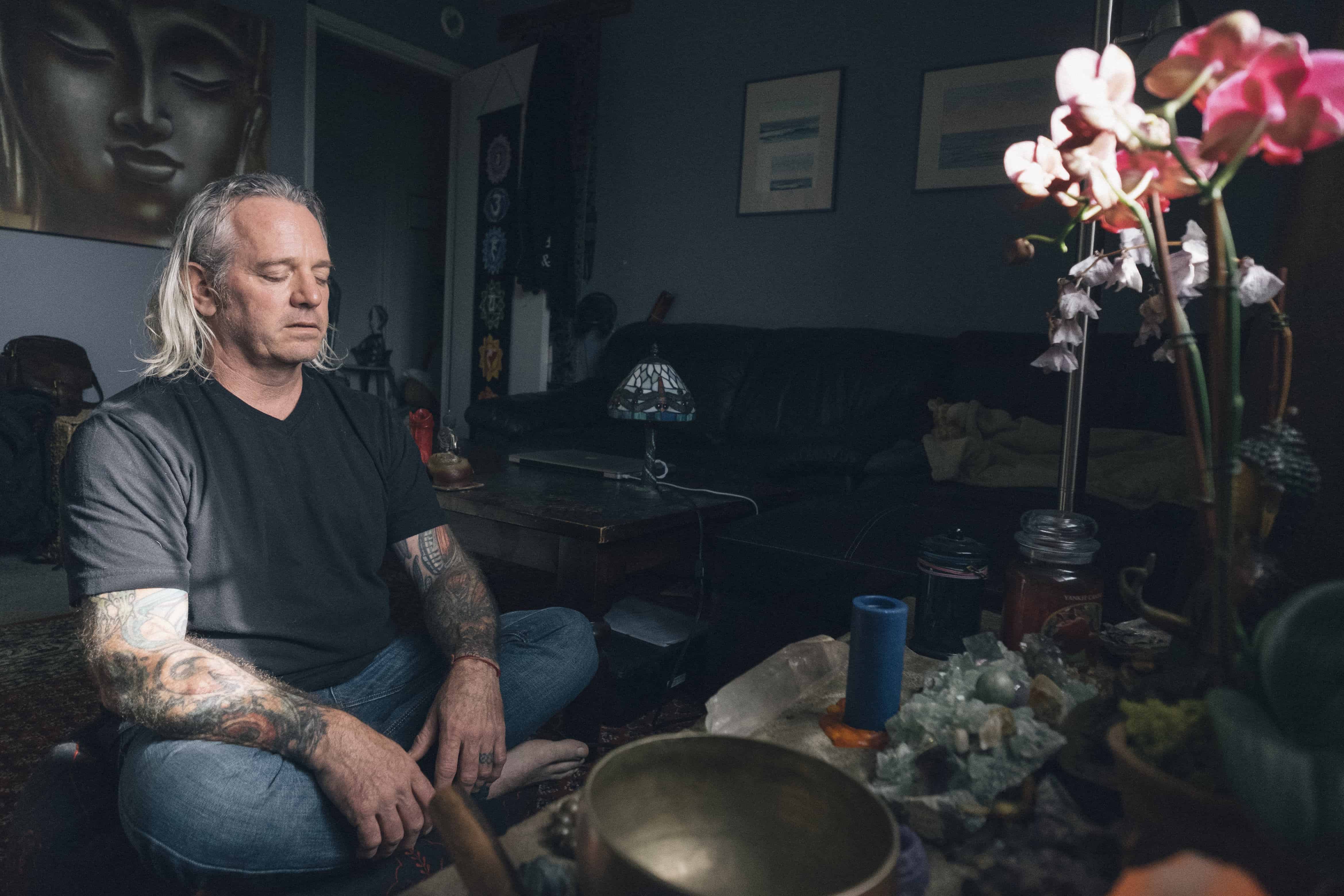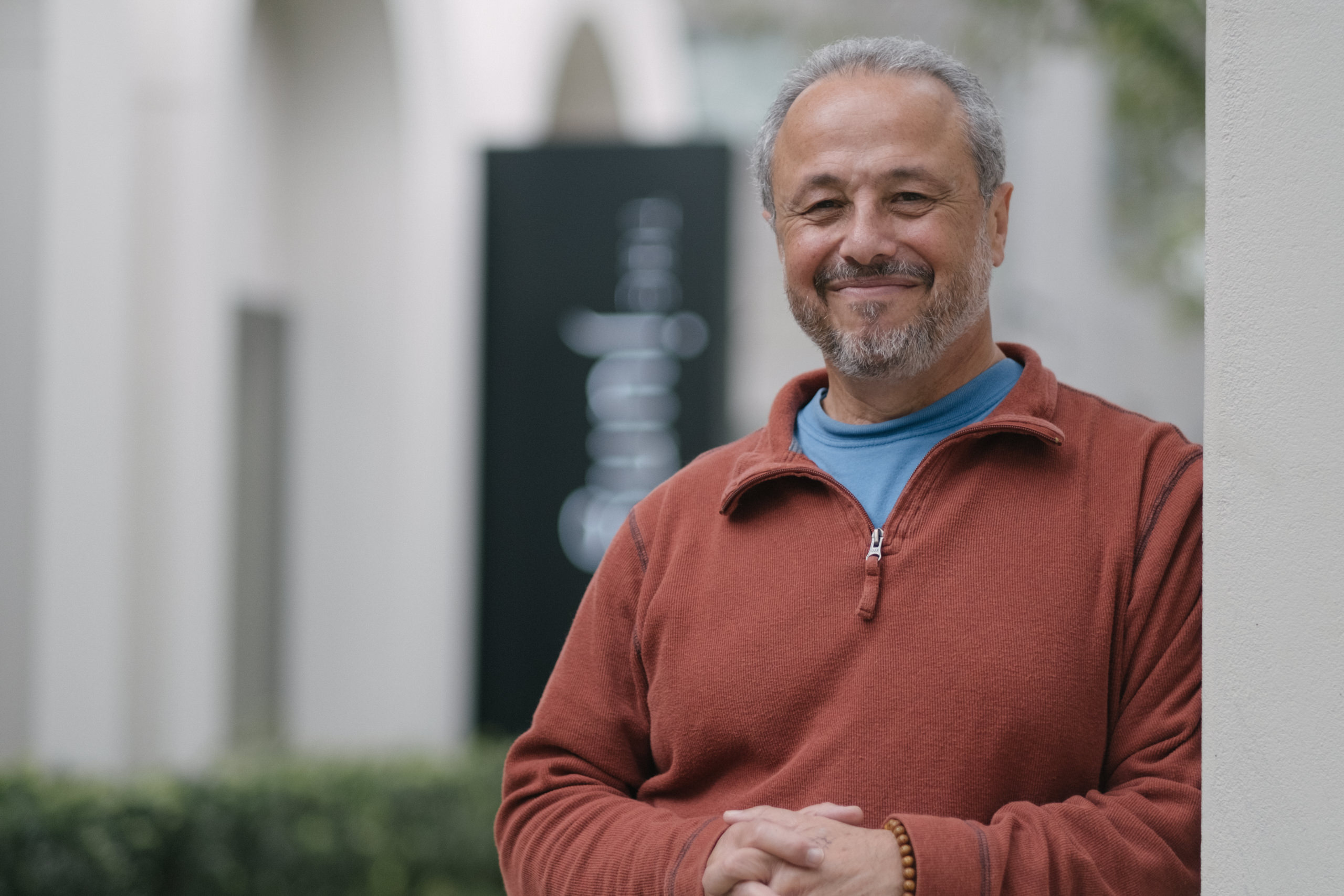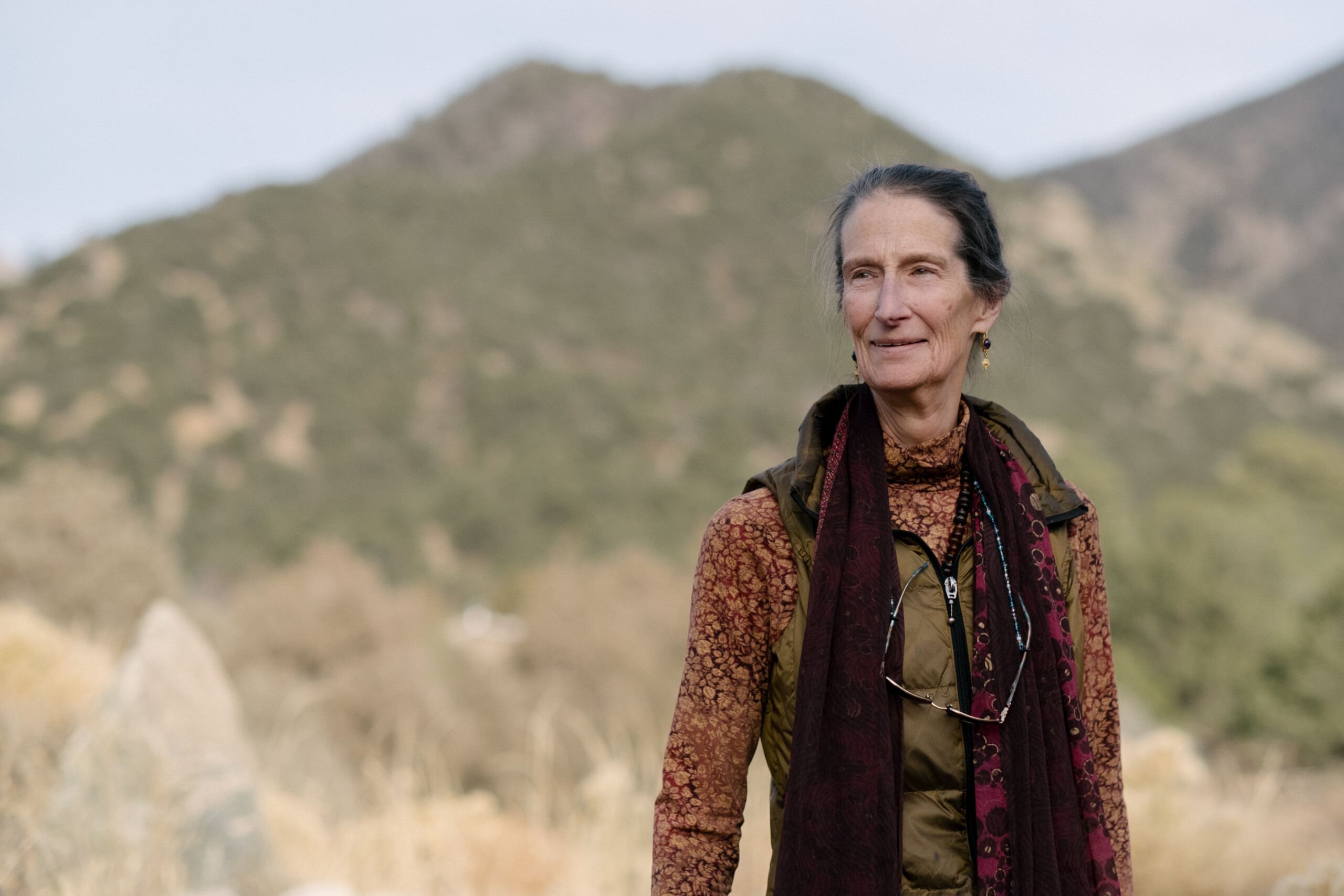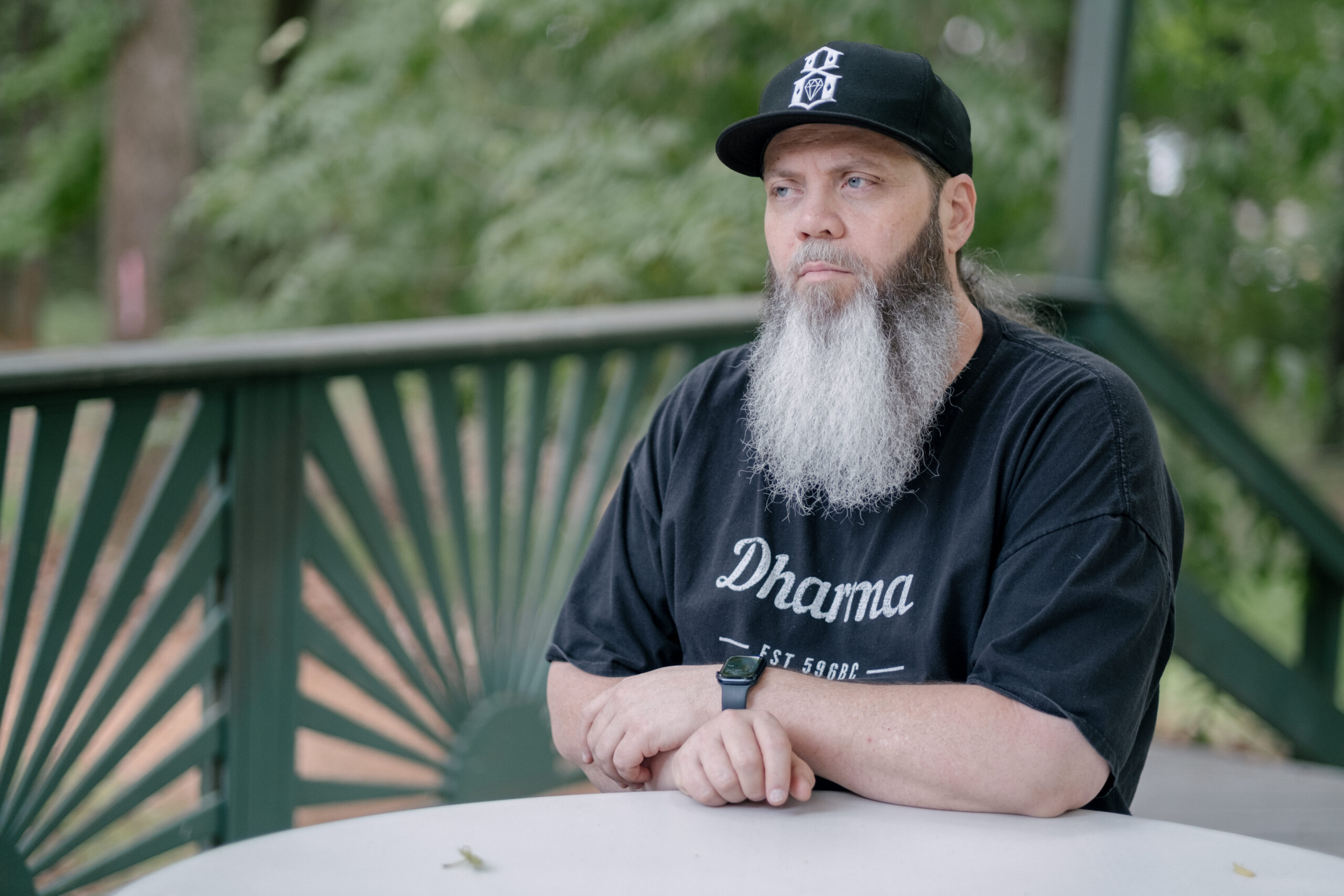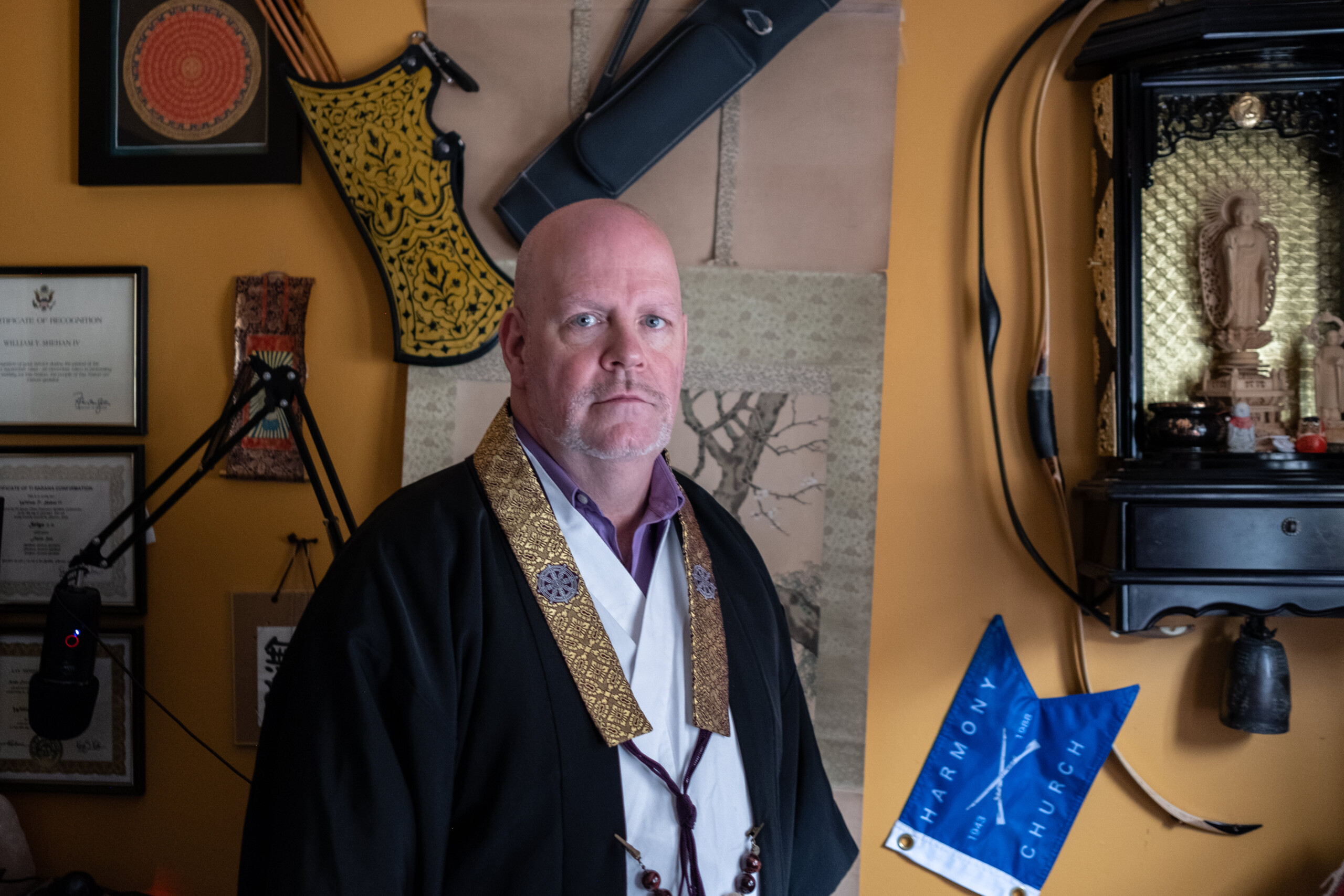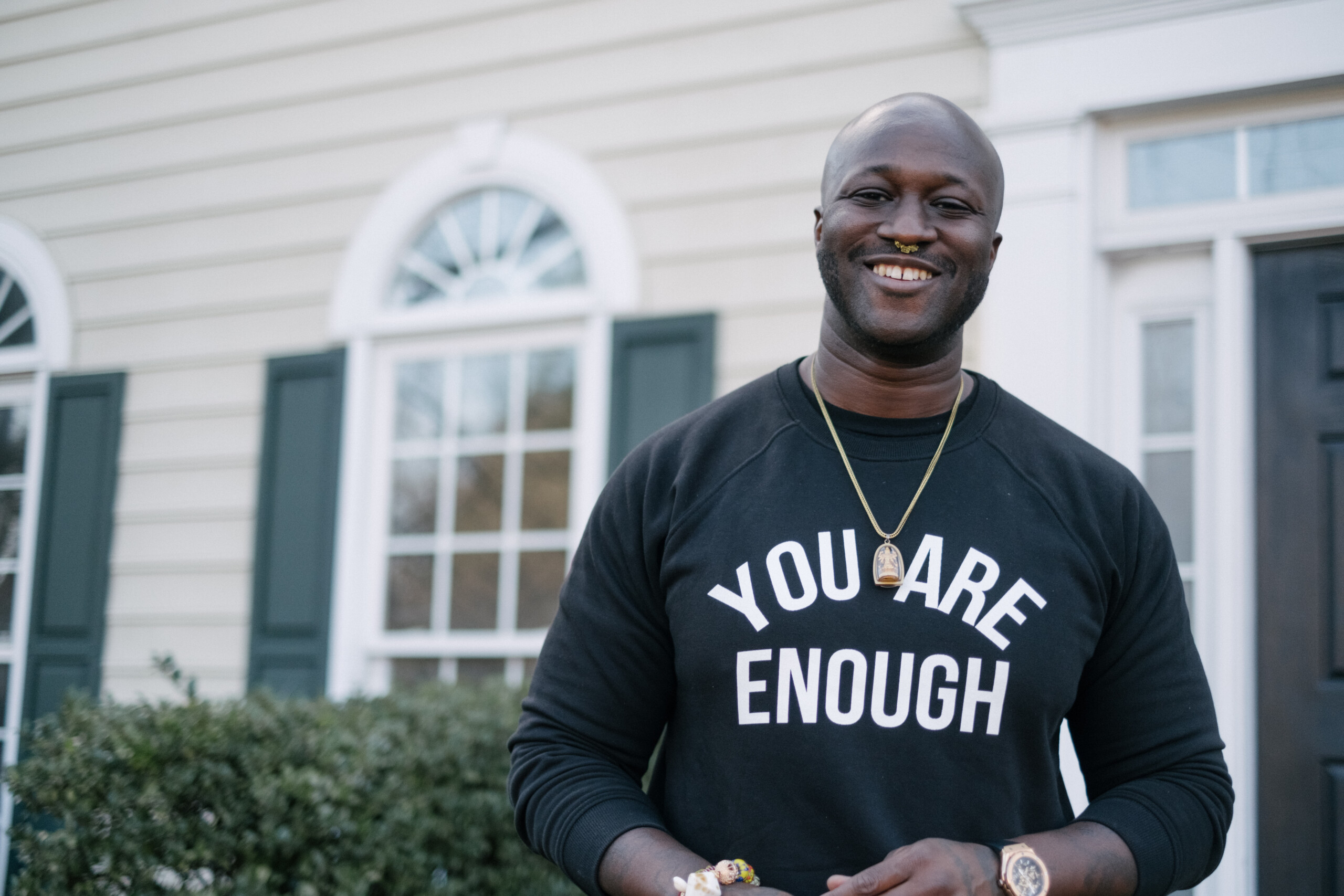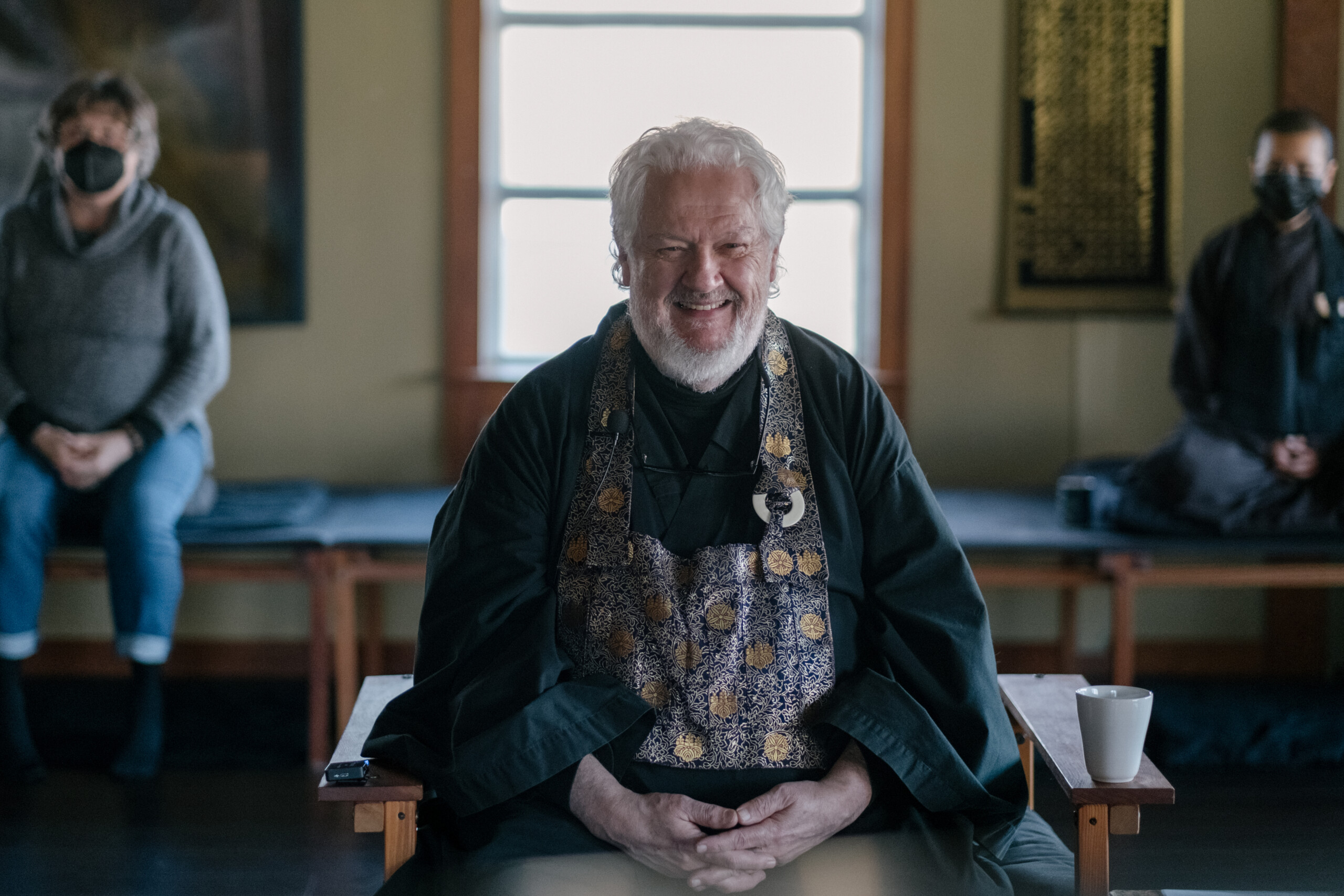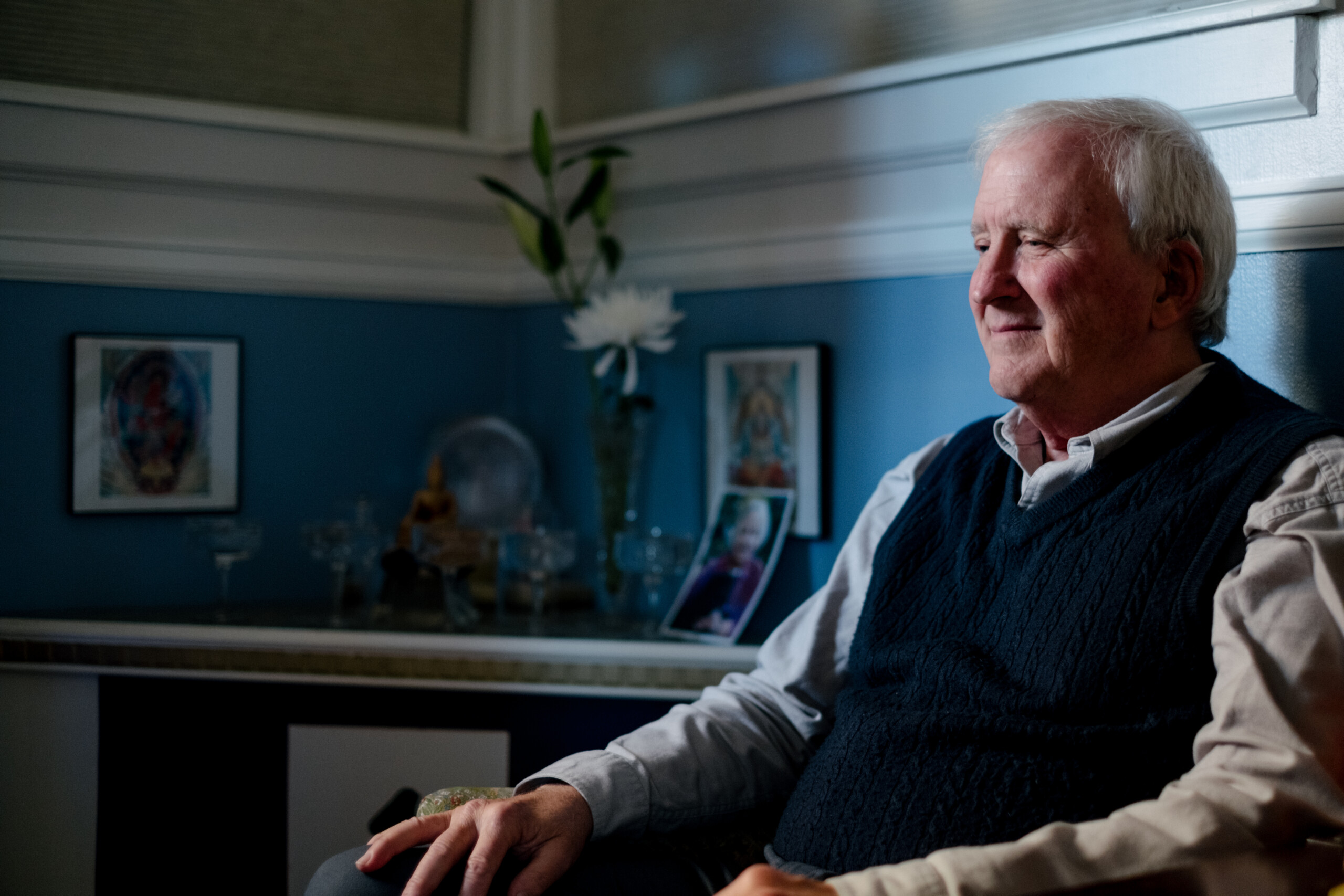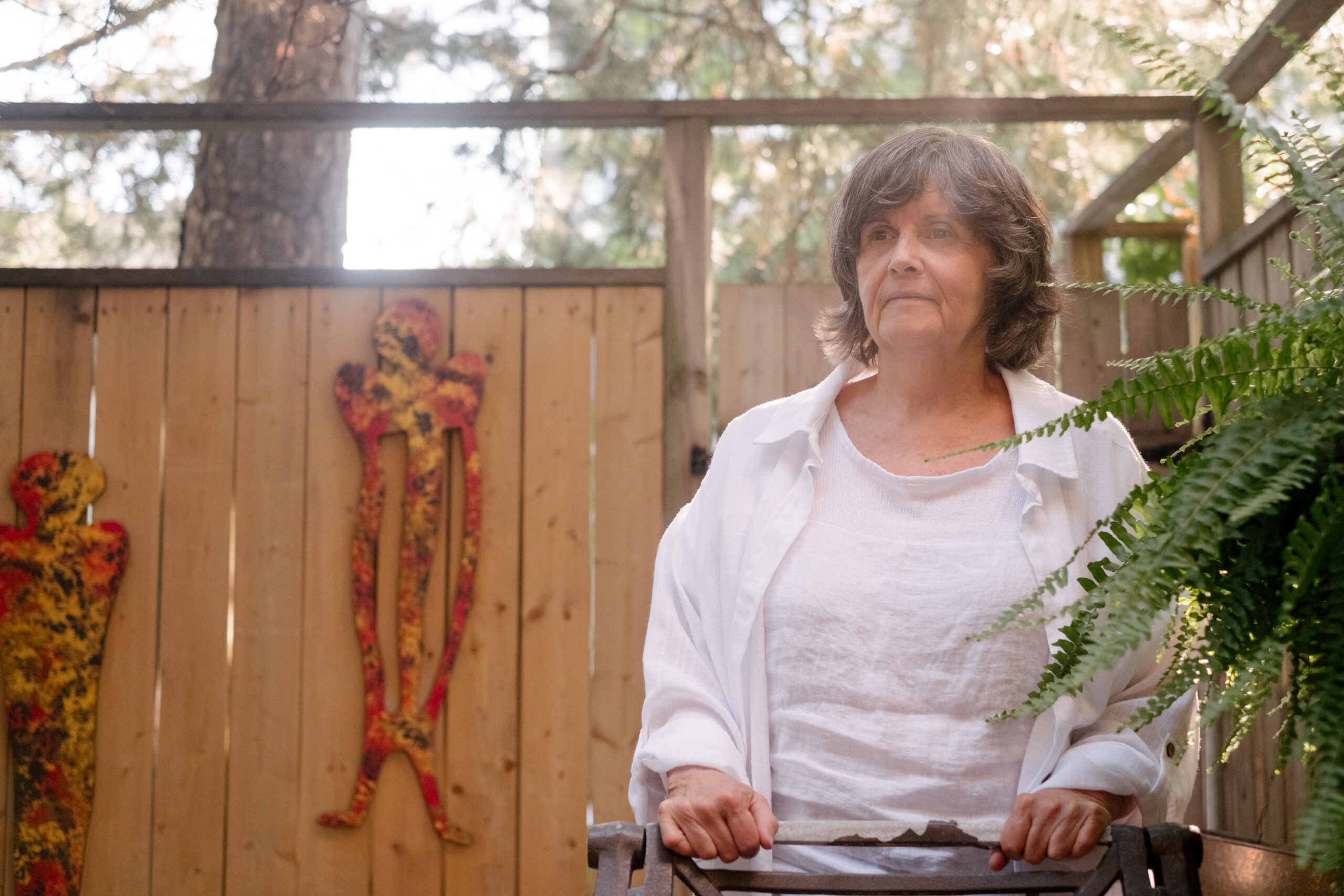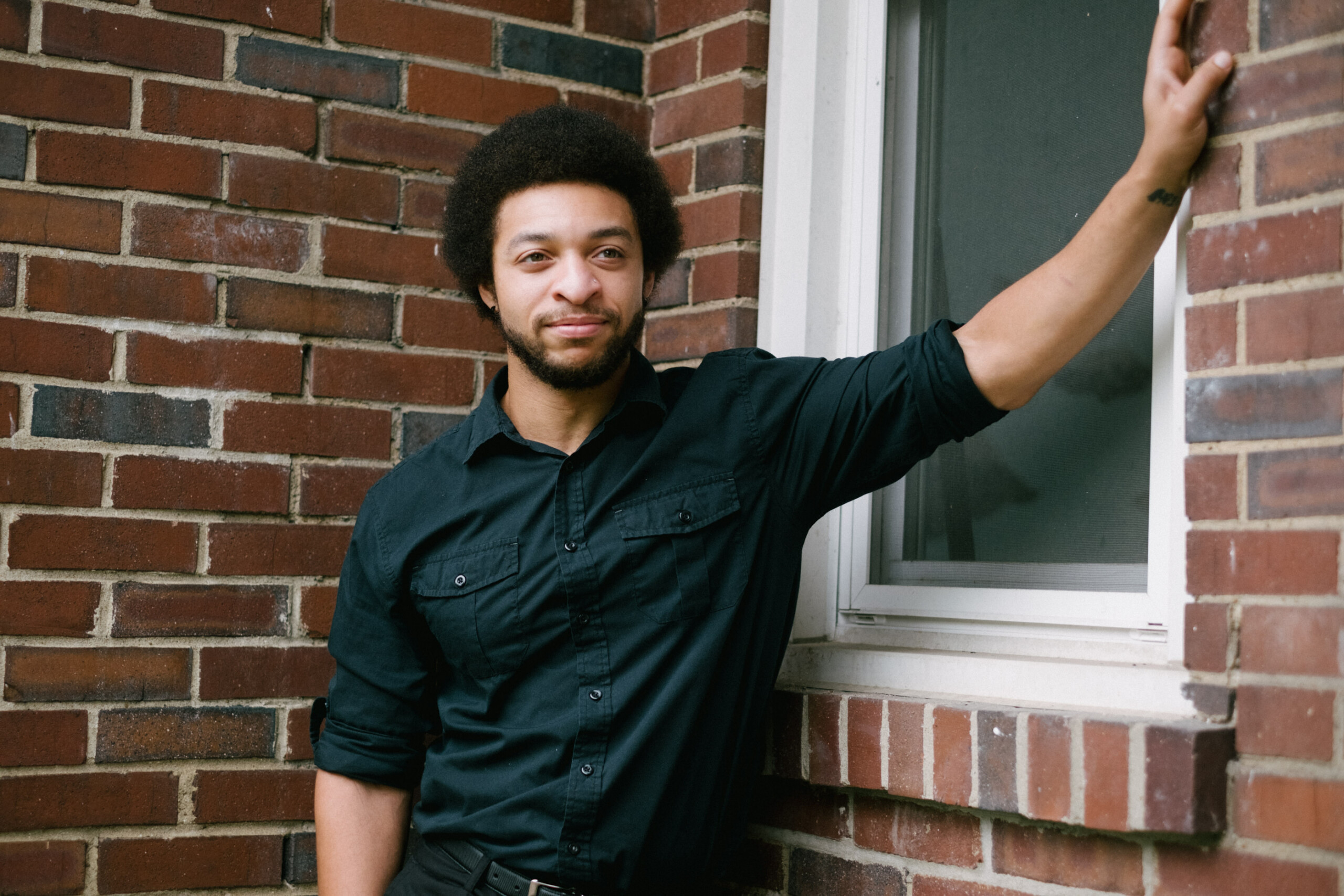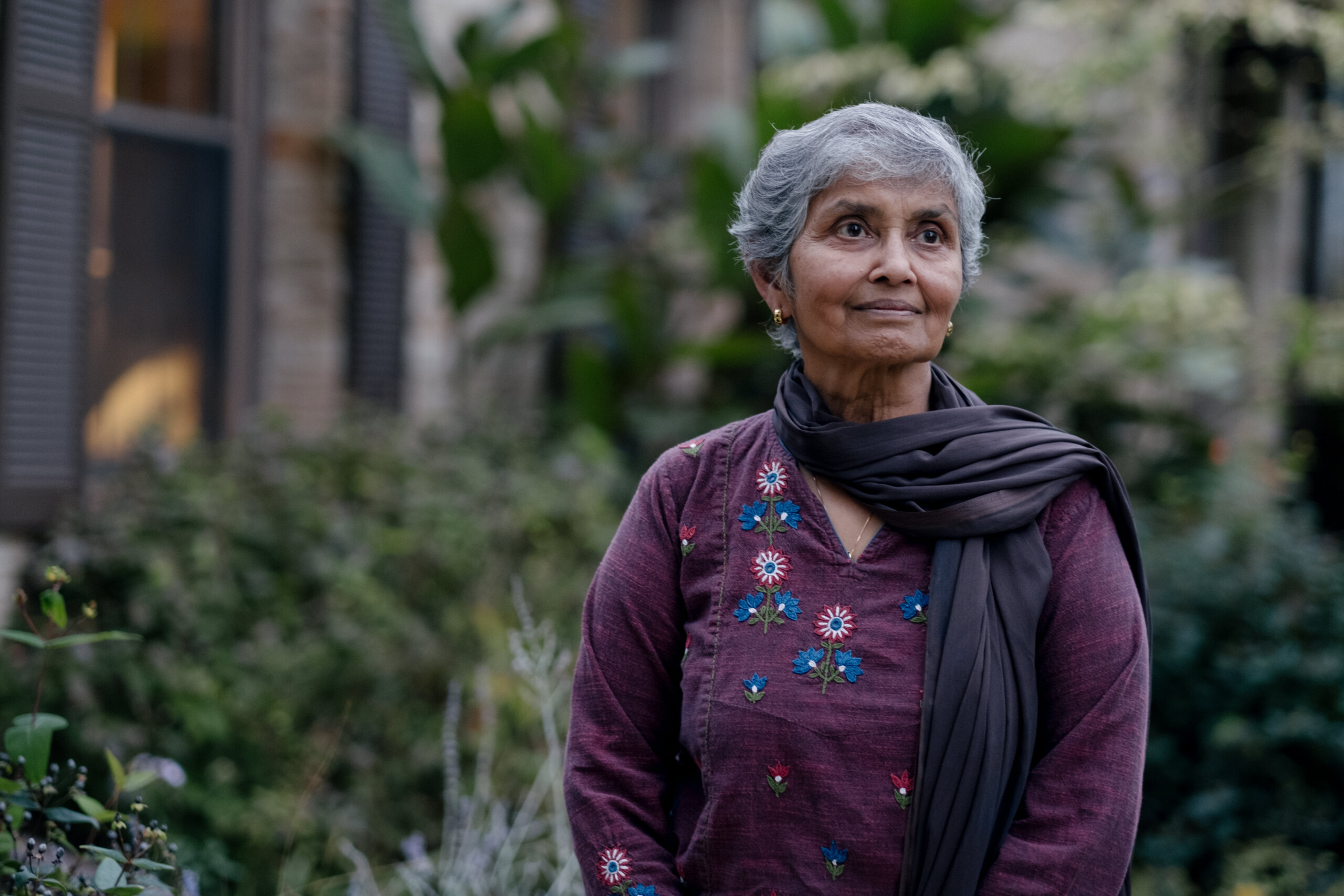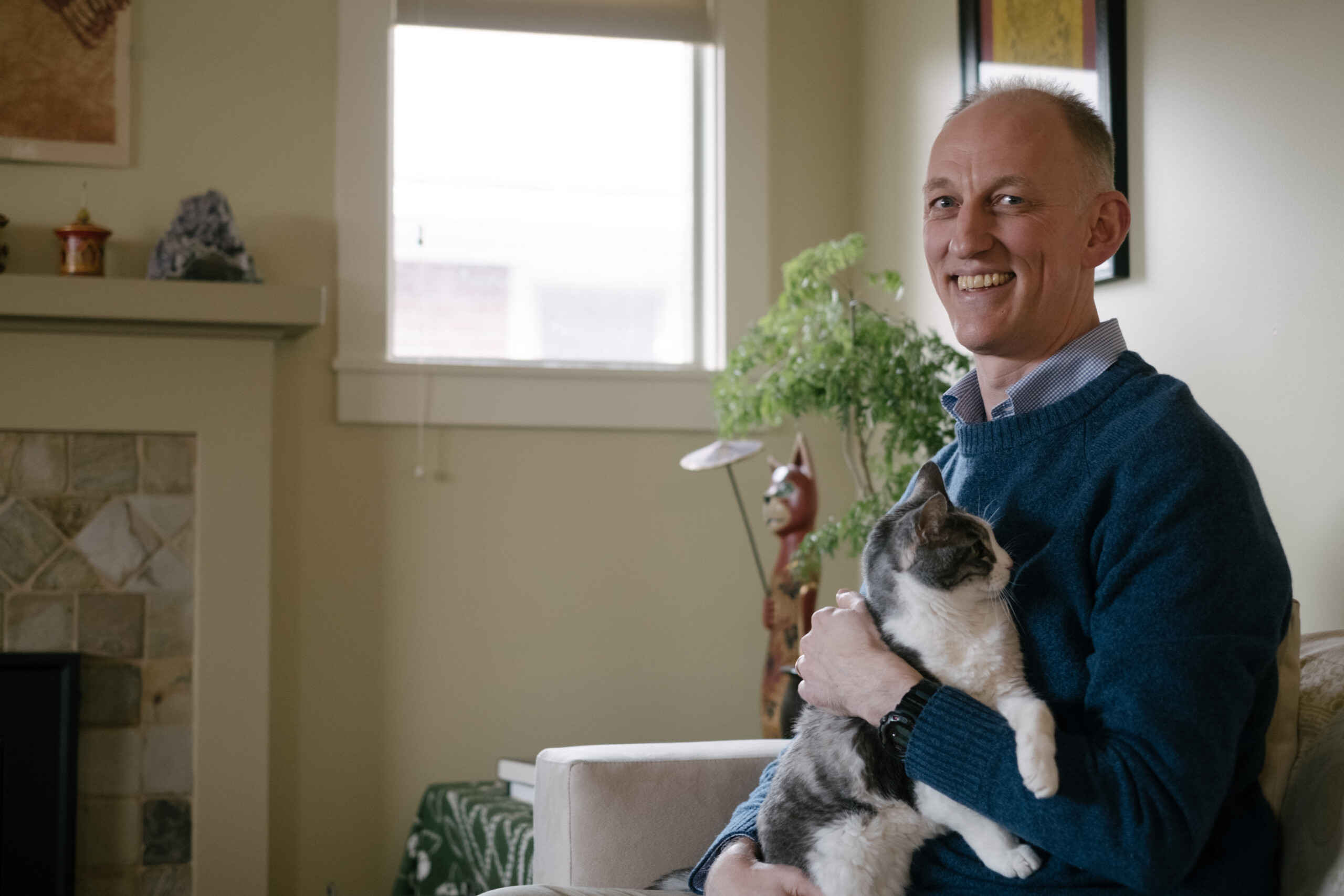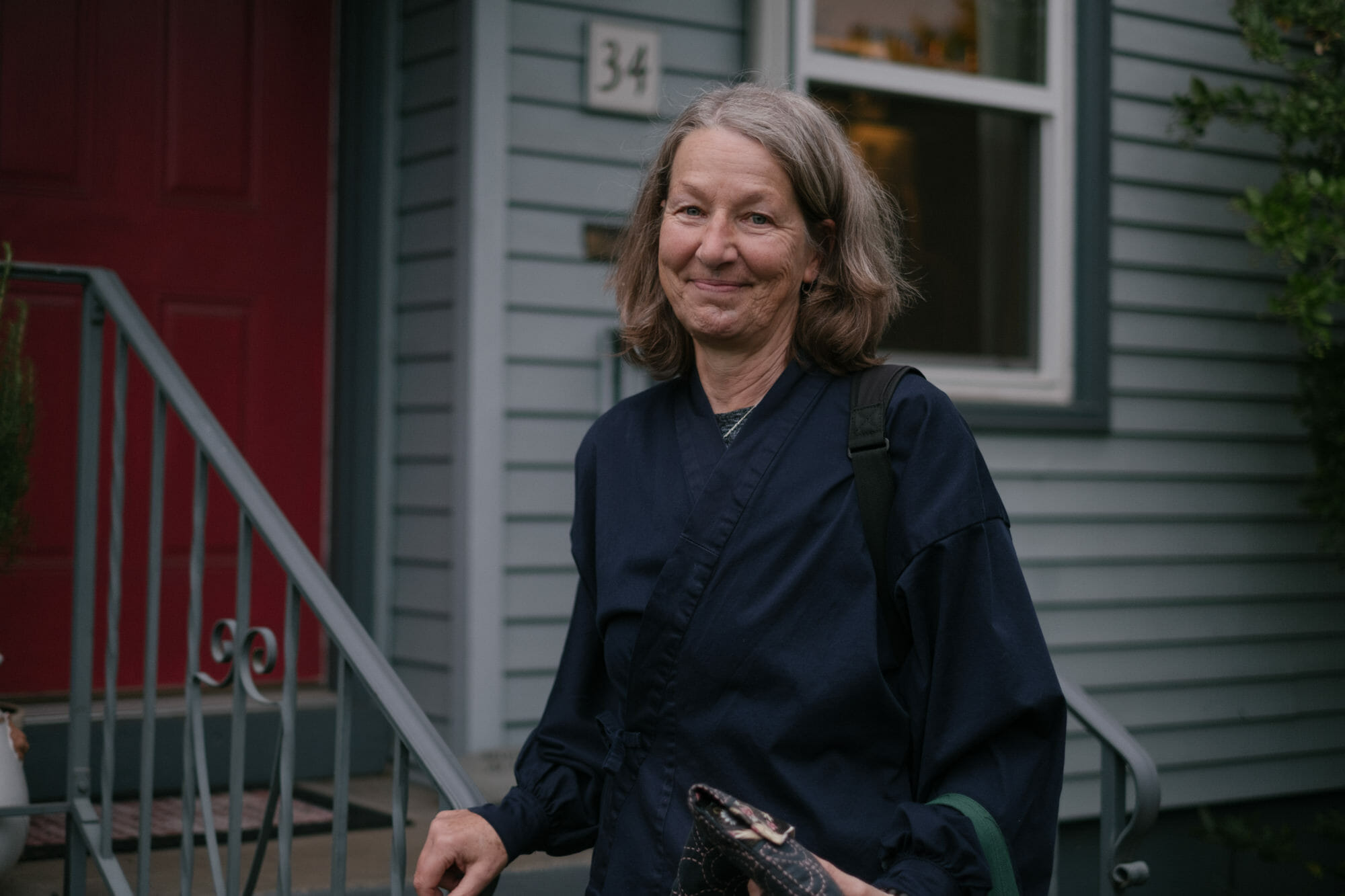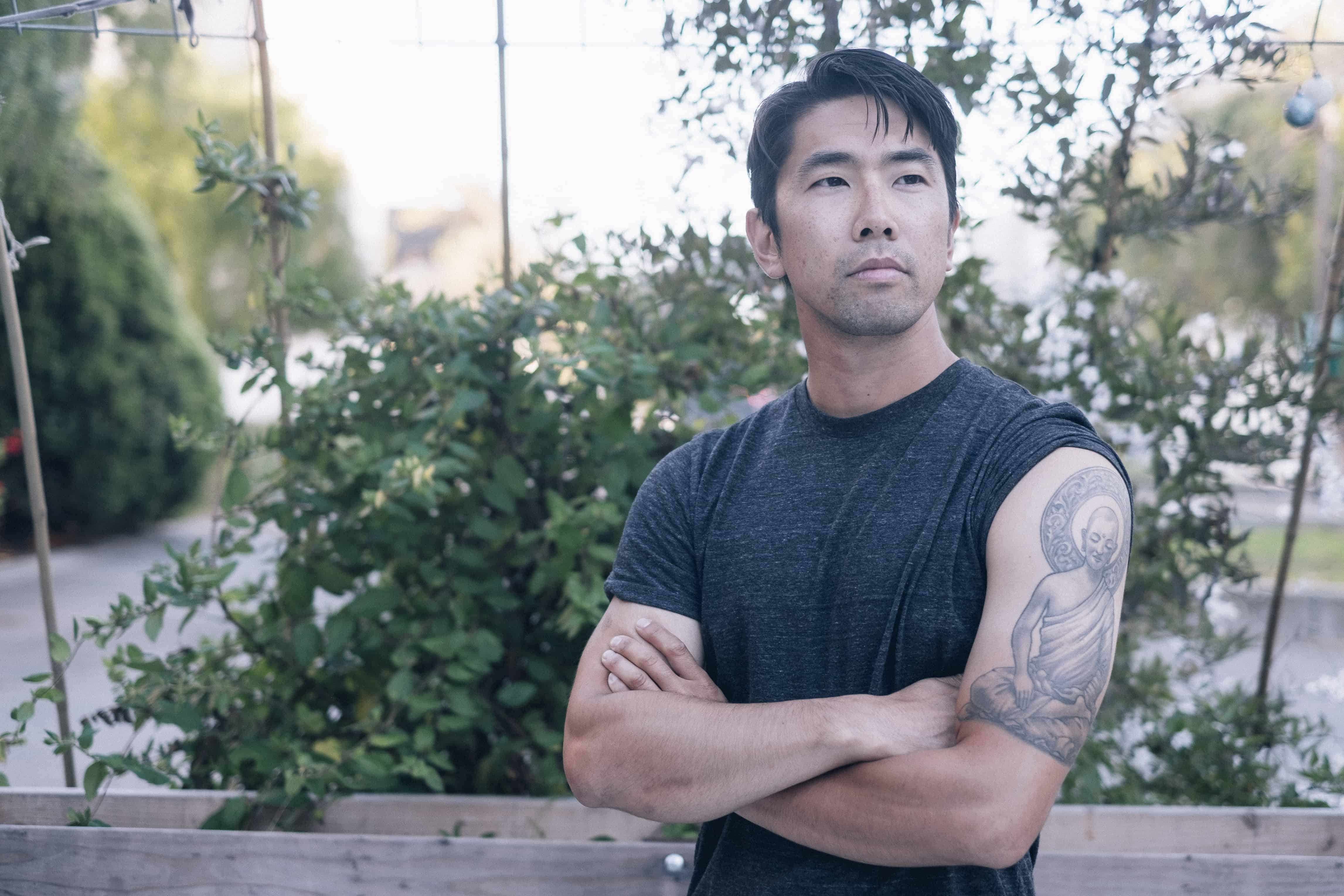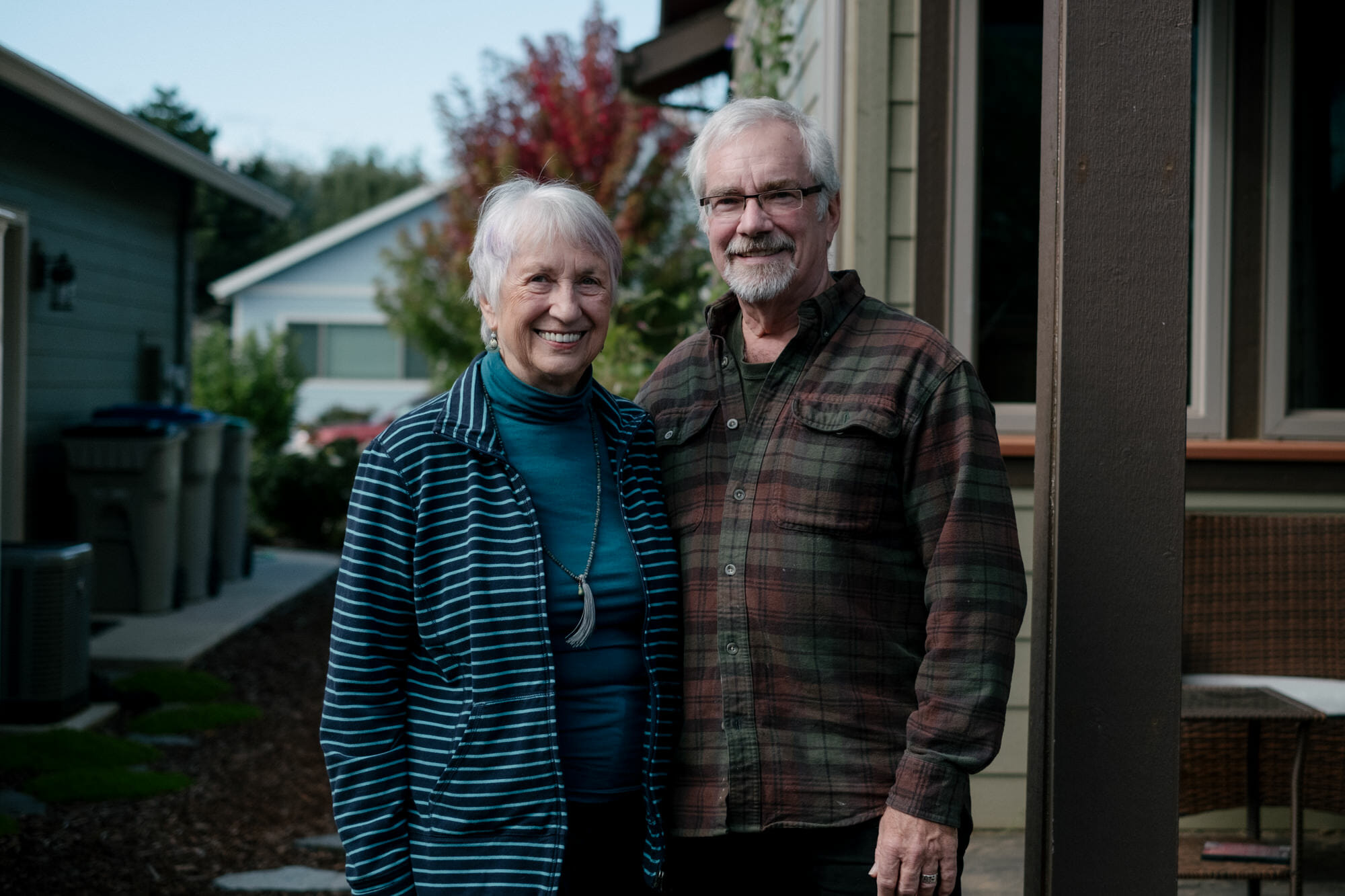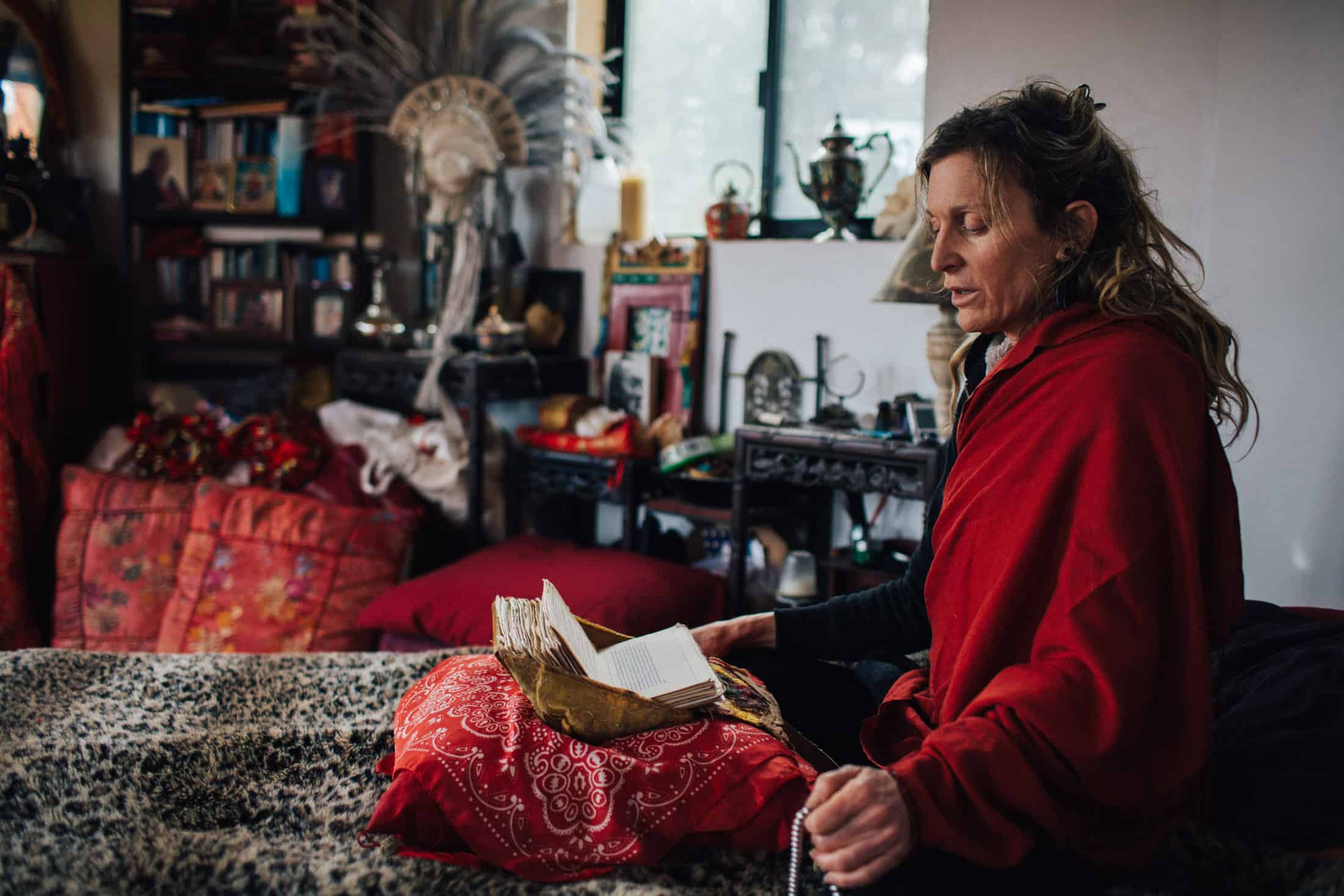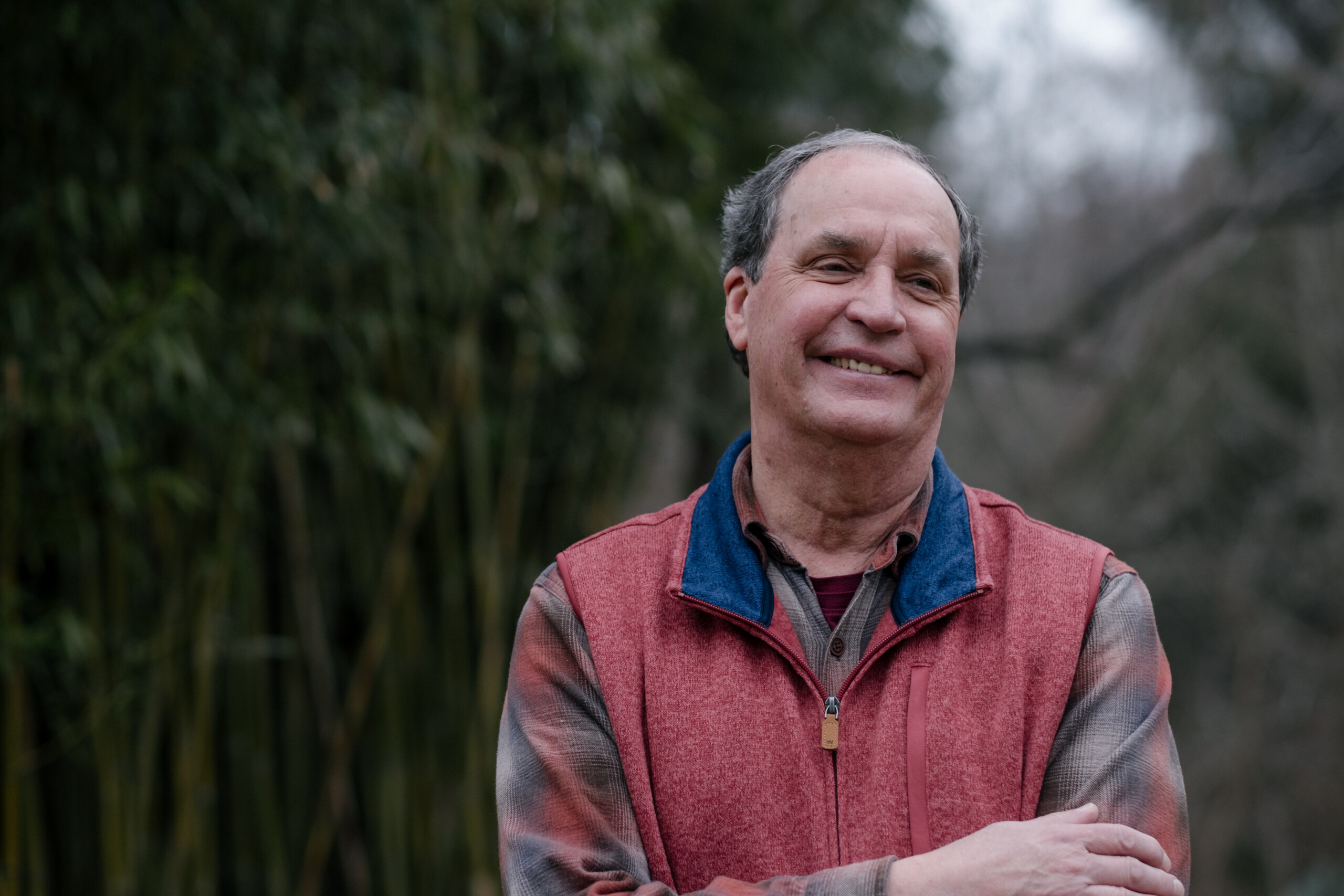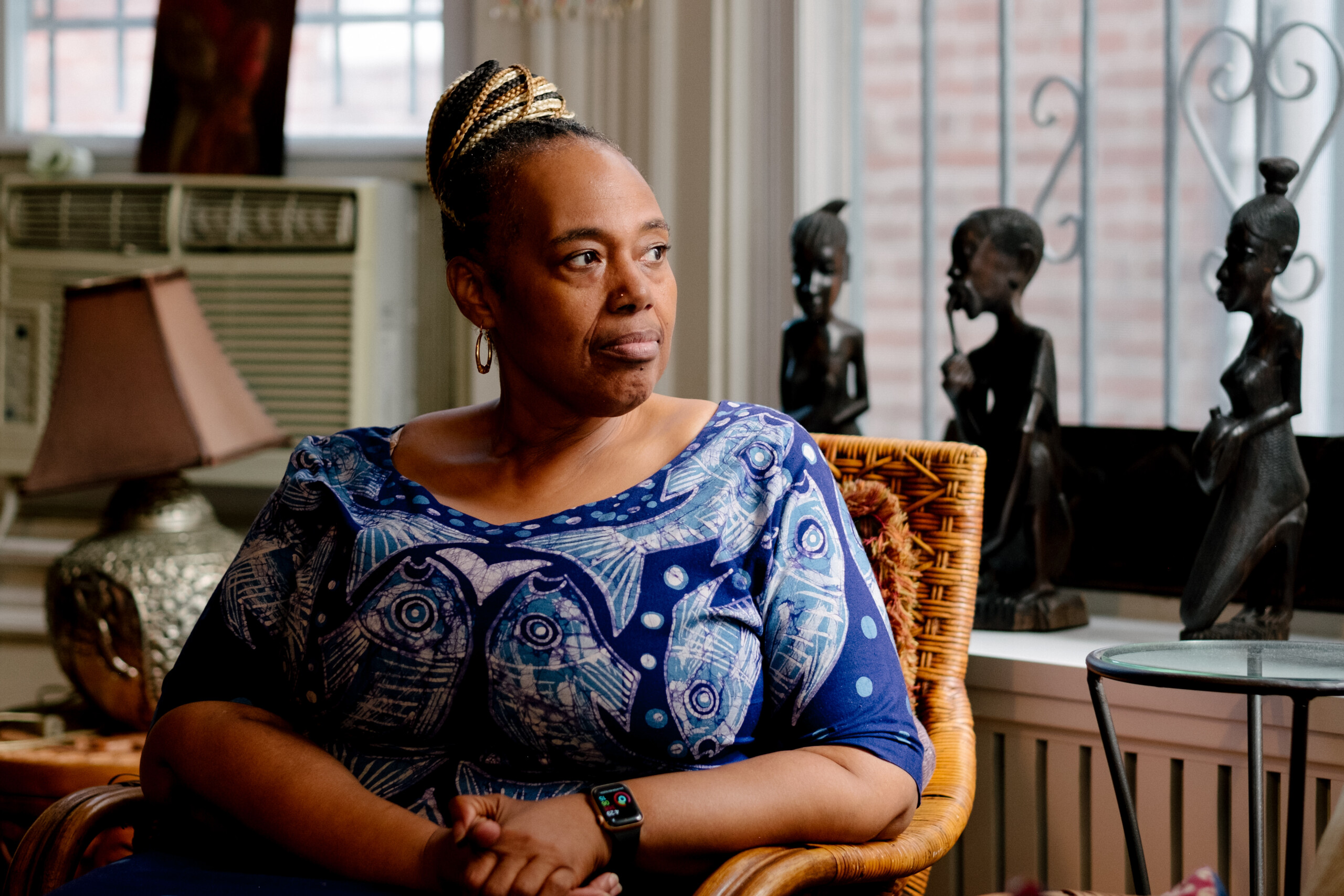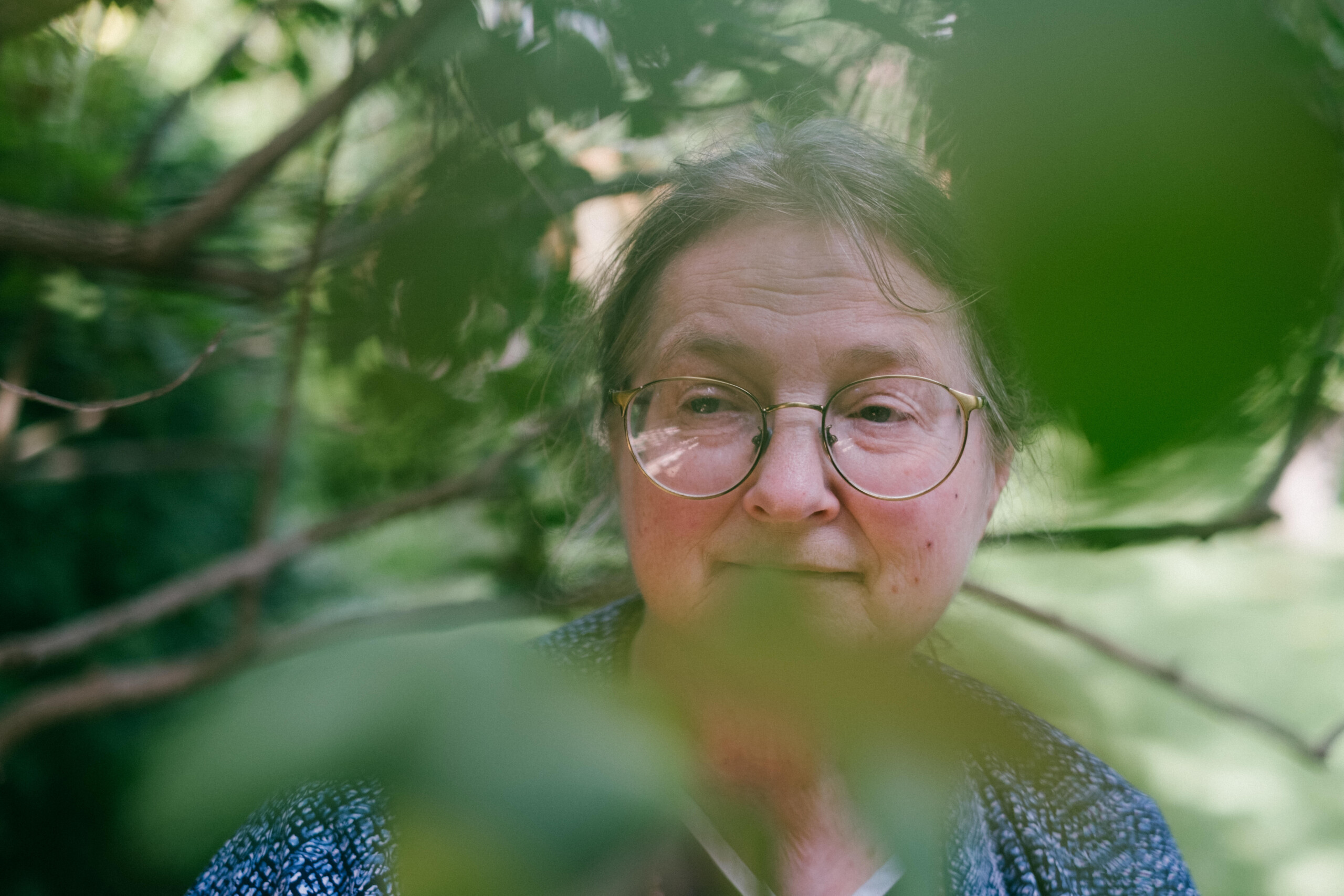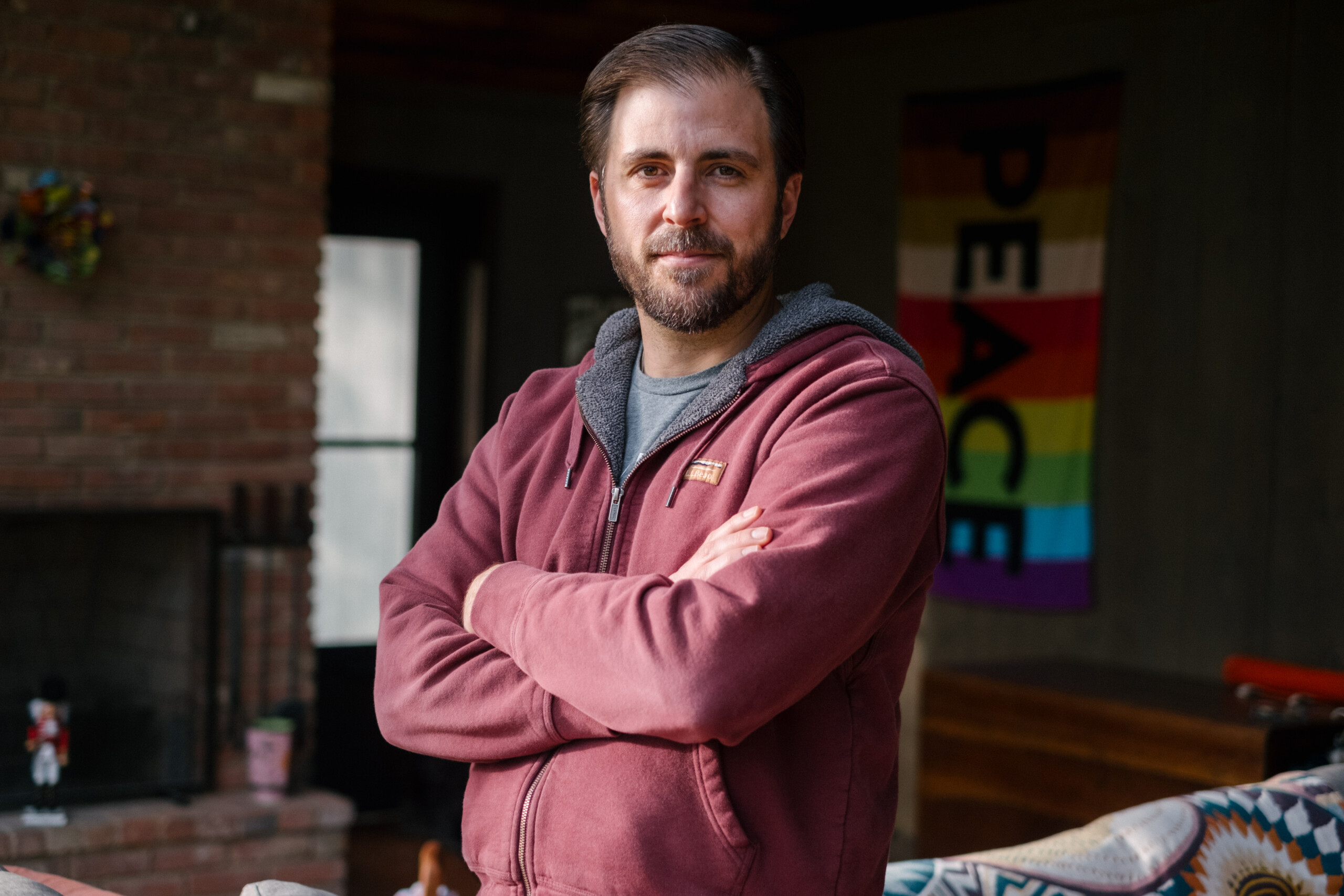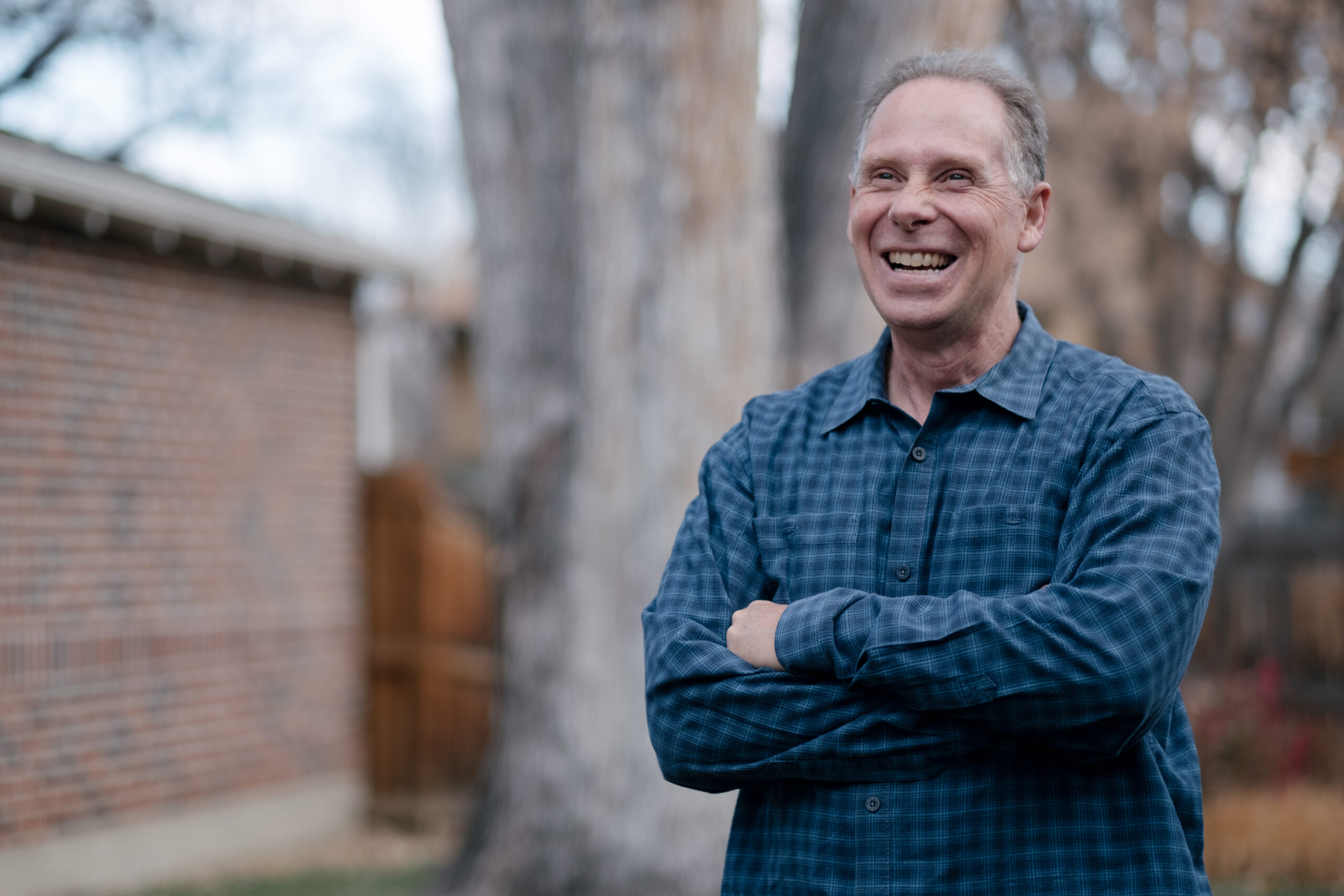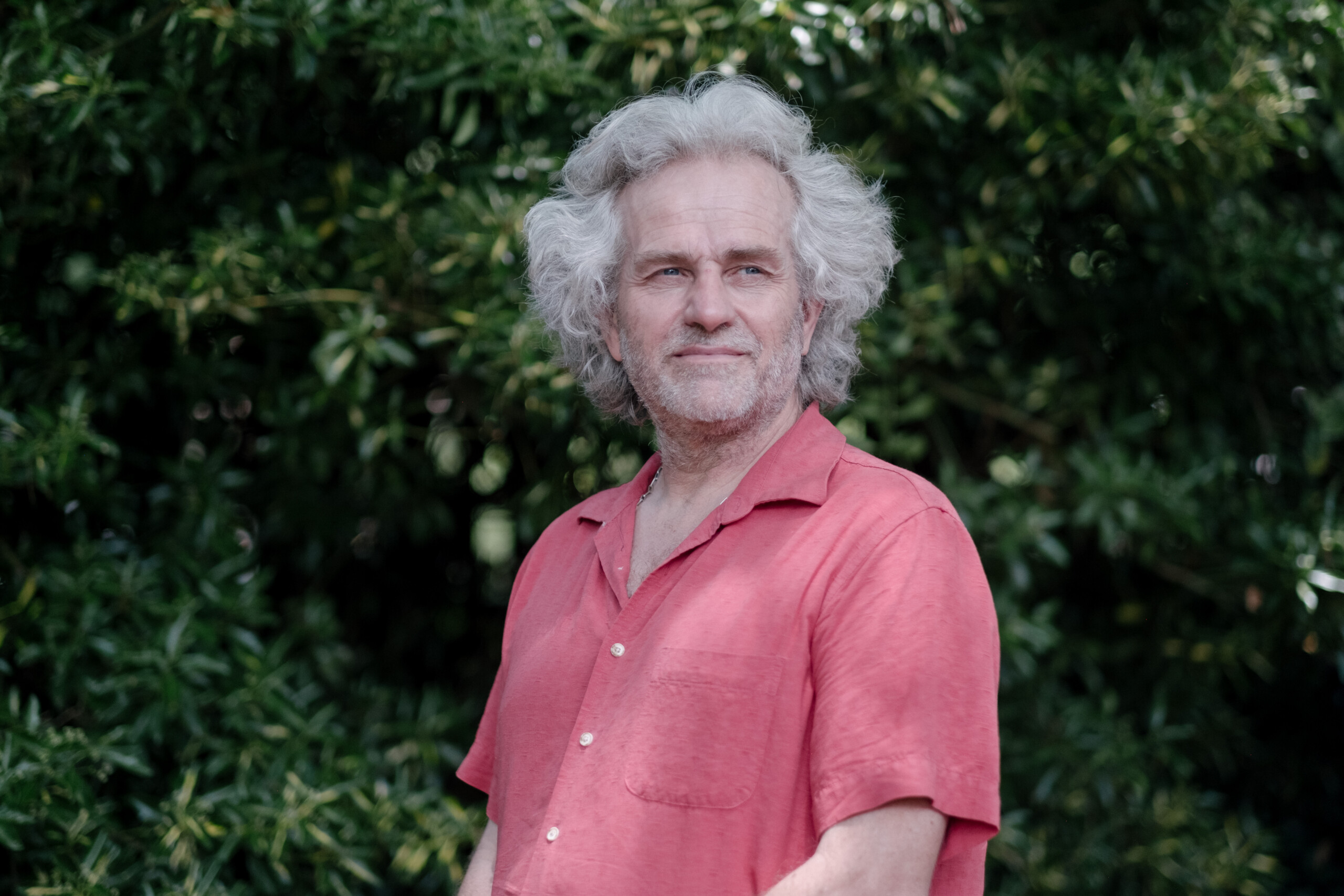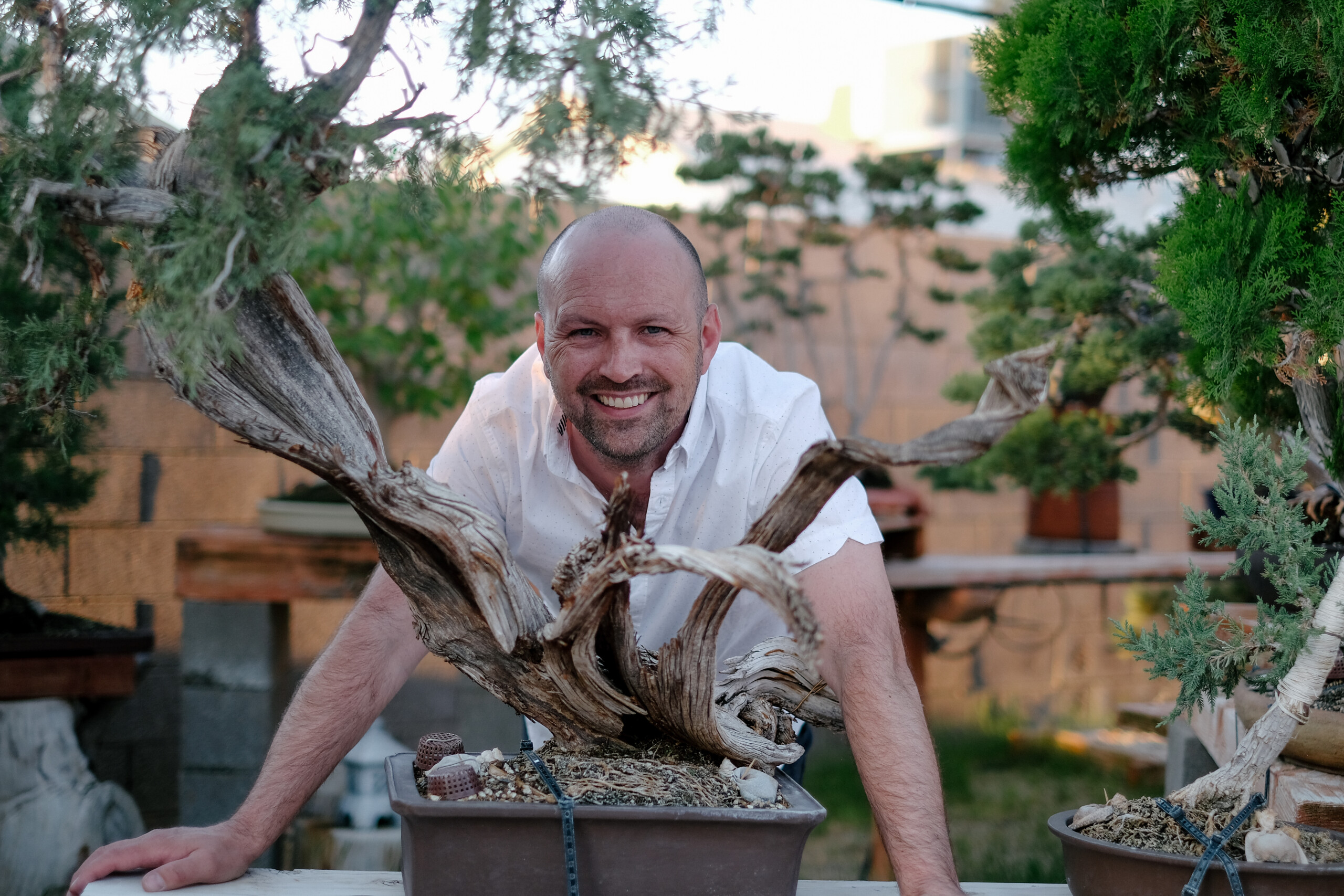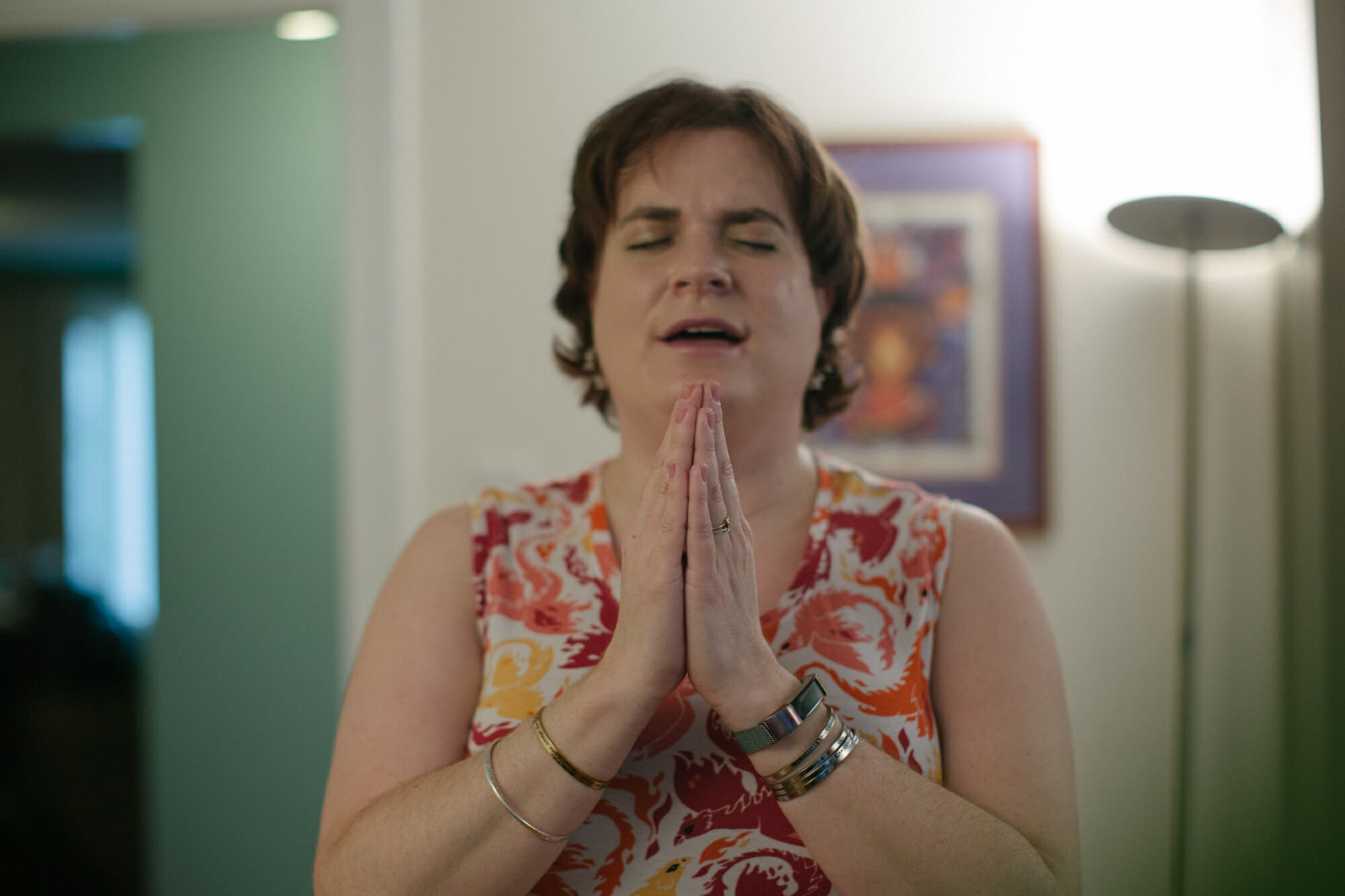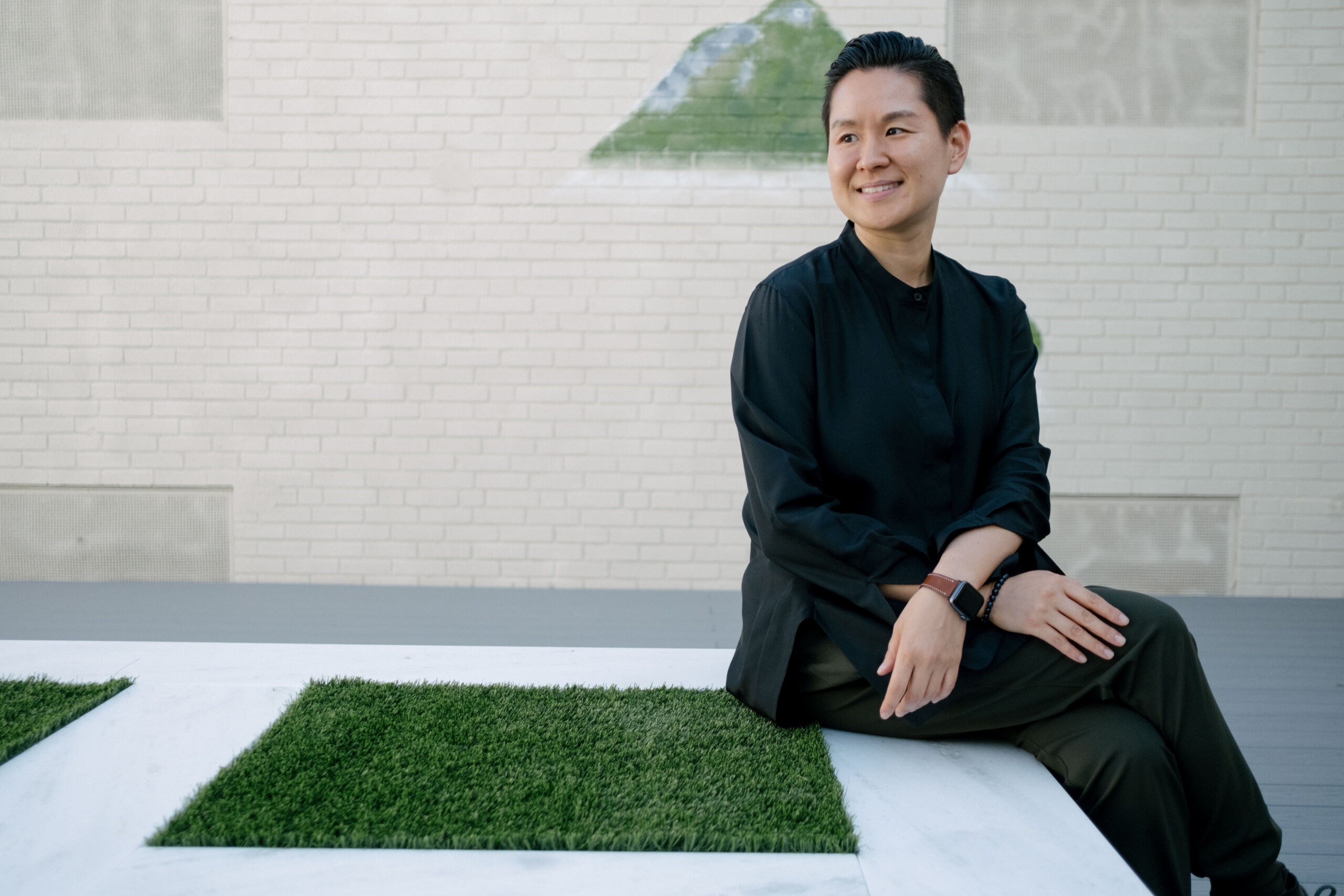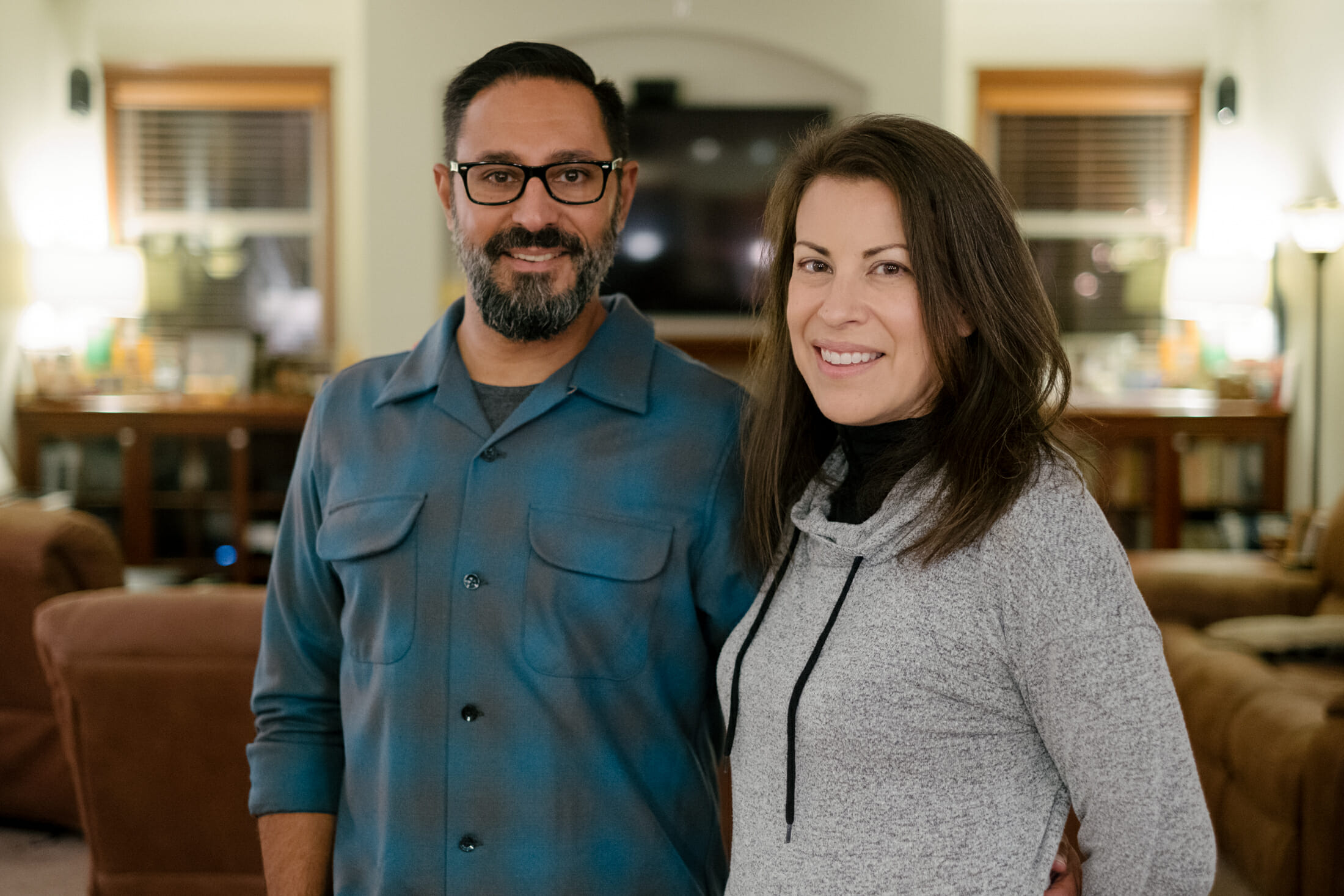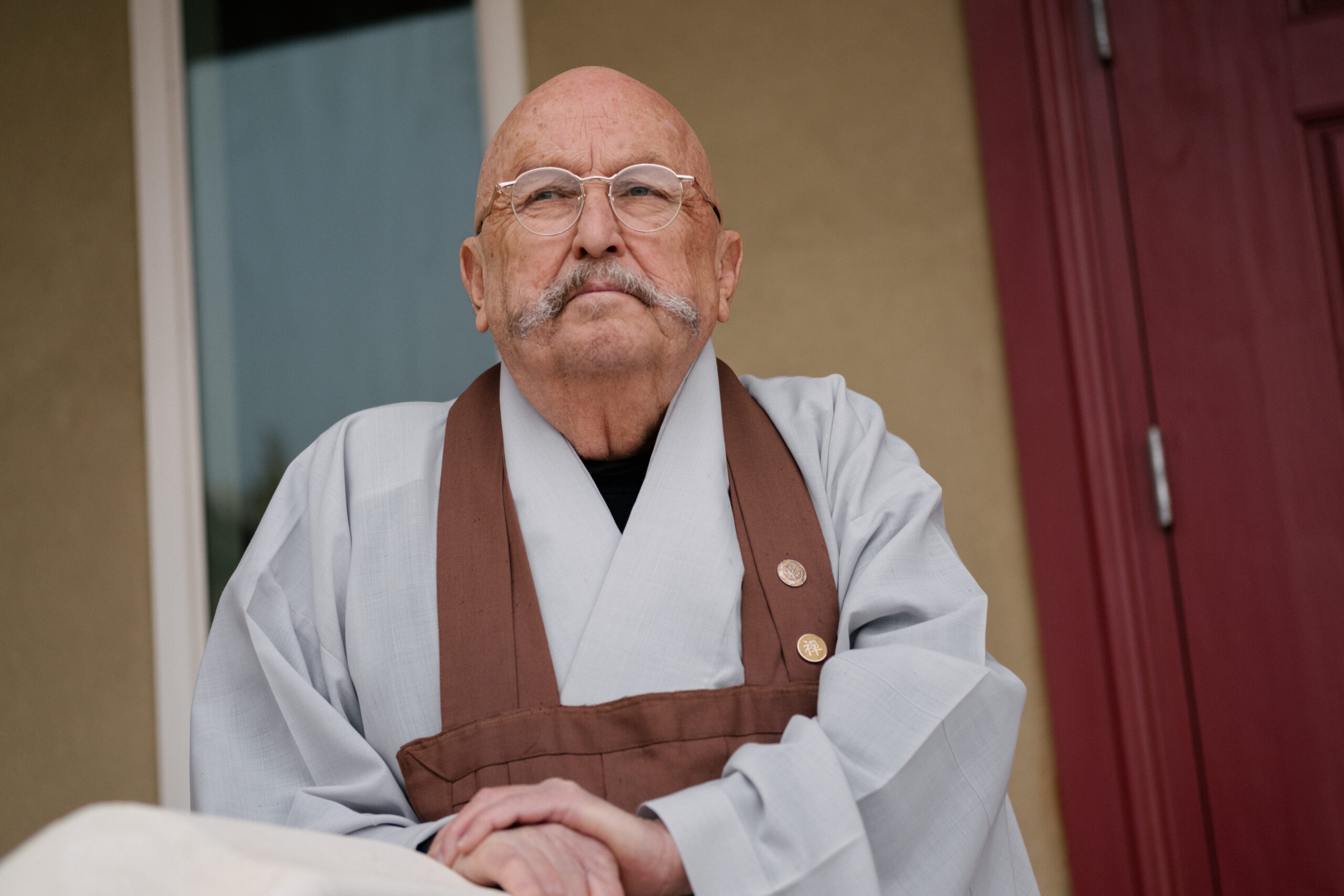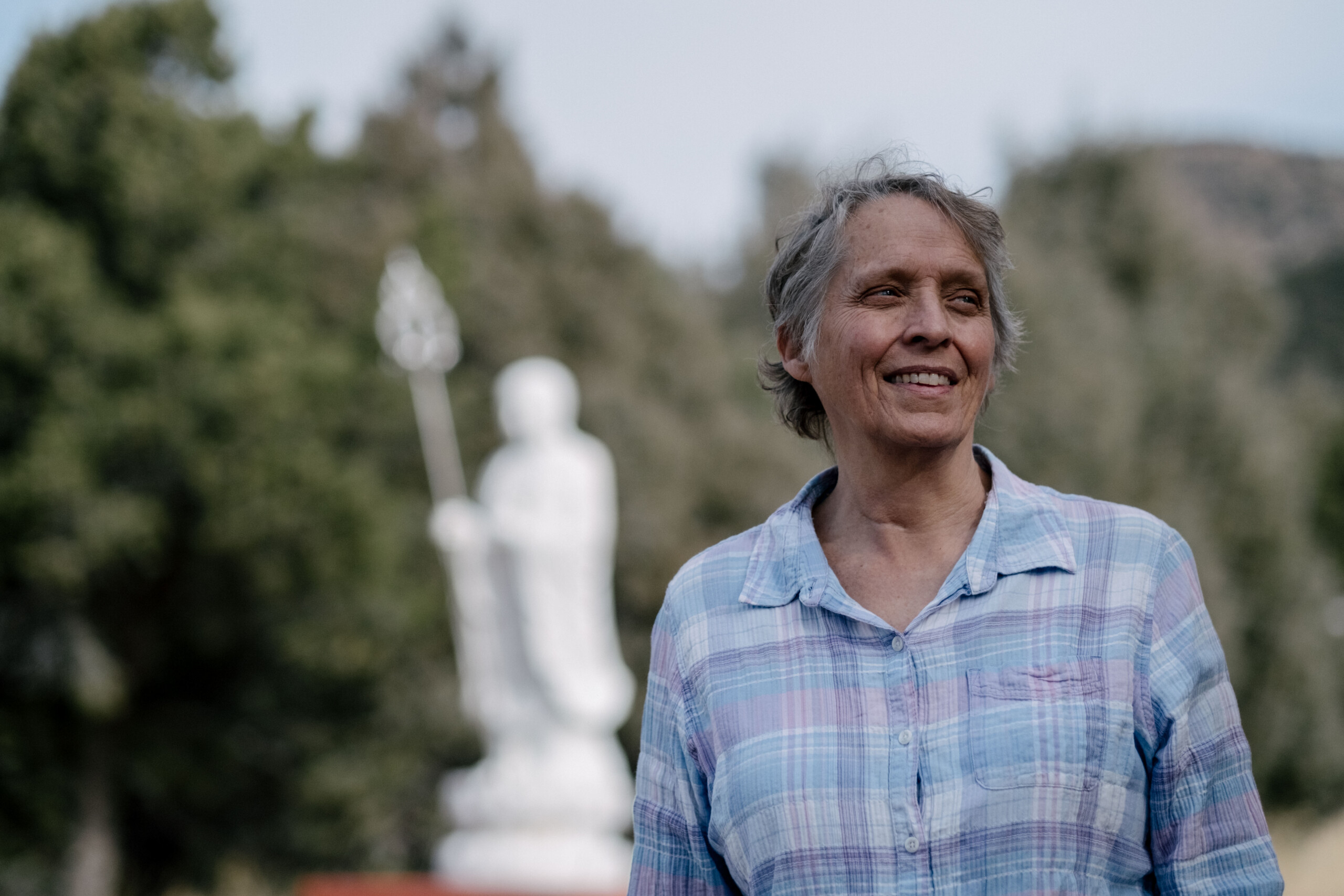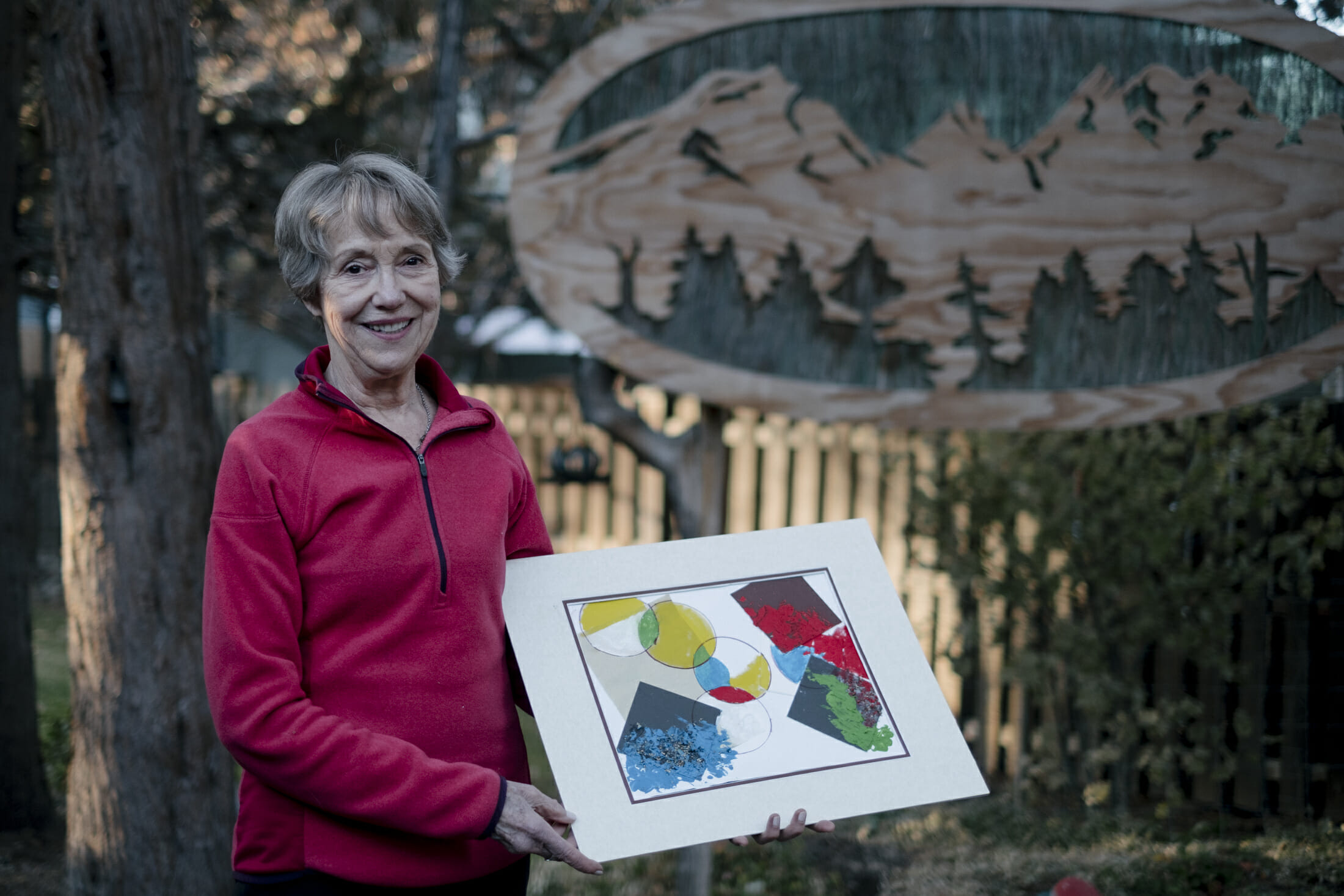History
Mingo’s spiritual journey began during their teenage years, driven by a curiosity that extended beyond their Christian upbringing. In search of answers, they explored various religions, ultimately finding a connection with Buddhism and alternative spiritual paths. This exploration led them through phases of atheism and anastism before settling into a belief system rooted in Buddhism.
Alongside their brother, Mingo embraced practices such as meditation, yoga, and Tibetan Buddhism. The study of mindfulness, guided by influential figures like Lisa, significantly influenced Mingo’s worldview. This exploration not only alleviated anxiety but also transformed their relationship with thoughts and emotions. The resulting detachment allowed Mingo to adopt a fresh perspective on themselves and their interactions with the world.
On Dealing with Anxiety
Mingo, reflecting on their teenage years, recalls experimenting with Kundalini-style meditation, discovering an intense ability to concentrate but experiencing overwhelming trauma due to the activation of Kundalini energy. They temporarily abandoned meditation, spending years readjusting to the world and seeking solace in therapy to cope with grief and loss.
Rediscovering meditation while simultaneously undergoing therapy, Mingo finds crucial support from their therapist, who offers a Western perspective on trauma. The therapist, also an advocate for meditation, encourages Mingo to reintegrate it into their life. With newfound stability, maturity, and a reconnection to their body, Mingo successfully incorporates meditation into their routine without adverse effects.
Mingo underscores the significance of balance, maturity, and therapist support when approaching meditation, especially for those with a history of trauma. They emphasize the potential destabilizing effects of diving into meditation without proper context and support, stressing the need for a slow and careful integration process for individuals dealing with trauma.
On Compassion
Mingo reflects on their journey into writing, shaped significantly by their past life as an actor. They delve into the connection between emptiness and compassion, drawing from their experience of fully embodying diverse characters during their time in the acting world. Mingo highlights the mindfulness cultivated through acting, stressing the significance of comprehending various perspectives and the causal chain behind people’s actions.
In a profound quote, Mingo emphasizes that compassion originates from emptiness, extending beyond the individual level to encompass broader societal structures. They expound on the idea that prevailing ideologies are a product of a series of cause-and-effect events, urging for compassion towards oneself and others as a means to alleviate suffering globally. Mingo discusses the challenges associated with embracing compassion, as it dissolves barriers and unifies individuals, making loneliness appear more bearable. They conclude by underscoring personal growth through compassion, noting the liberation found in relinquishing rigid ideologies.
On Deepening
Mingo embarked on a transformative journey of self-discovery and spiritual enlightenment through meditation retreats. These immersive experiences played a pivotal role in shaping his communication skills, fostering deeper connections with others, and strengthening his commitment to the Buddhist path.
During the silent meditation retreats, Mingo gained a profound understanding of nonverbal communication, recognizing the power of tonality, body language, and subtle cues in conveying emotions and intentions. He discovered that effective communication transcends words, allowing for deeper and more meaningful interactions.
The retreats also nurtured Mingo’s ability to listen attentively, not just to the spoken word but also to the unspoken nuances that often accompany it. He learned to appreciate the richness of human expression, recognizing the value of empathy and understanding in building genuine connections.
Inspired by the profound impact of meditation on his own life, Mingo felt compelled to share his experiences and insights with others. He embarked on a path to becoming a Dharma teacher, seeking guidance from experienced mentors and immersing himself in the study of Buddhist teachings.
Mingo’s decision to become a Dharma teacher stemmed from a deep desire to share the transformative power of meditation and Buddhism. He recognized the potential of these practices to guide others towards self-discovery, compassion, and inner peace.
Through his teaching, Mingo aspires to empower individuals to cultivate mindfulness, enhance communication skills, and deepen their understanding of the interconnectedness of all beings. He envisions a world where mindfulness and compassion permeate every aspect of life, fostering harmonious relationships and a more peaceful world.
Refuge
Mingo recounts their spiritual journey, initially transitioning from Christianity to agnosticism during their teenage years. Curious about various religions, they explored different belief systems, including Islam, Hinduism, and others. Buddha’s renunciation of yoga and Hinduism intrigued Mingo, prompting a deeper exploration of Buddhism.
Engaging in practices like meditation and yoga, Mingo found a unique connection to Buddhism, appreciating its down-to-earth approach compared to other religions. Their mindfulness training from martial arts contributed to managing anger and eventually led them to examine alternative spiritualities like hermetic thought and pagan traditions. Mingo sought to understand diverse communities, challenging preconceptions shaped by their Christian upbringing.
The concept of unity and the pursuit of the highest good resonated with Mingo, solidifying their return to Buddhism. The Three Jewels, particularly the missing element of community, became a crucial factor in Mingo’s spiritual journey. Embracing Buddhism for its inclusive and compassionate community, Mingo emphasizes the open-mindedness and acceptance within the Buddhist circles they participate in.
Integration
Mingo reflects on the diverse ways mindfulness and Buddhist teachings have impacted their life, including navigating a past relationship with grace and maintaining peace in the household. They attribute their ability to handle the breakup amicably to mindfulness, emphasizing the rarity of such an approach. Despite facing challenges, Mingo finds that mindfulness has not held them back, allowing them to smile daily and maintain emotional balance.
The narrative then expands to Mingo’s experiences applying mindfulness in various contexts. They share instances of incorporating mindfulness and meditation into fitness classes for churches, adapting practices to align with Christian beliefs. Mingo also discusses their role as a writer, infusing creative think tanks with Buddhist philosophies and yoga breath practices. Their collection of poetry, informed by mindfulness, explores themes of suffering and emotional experiences.
Mingo extends their mindfulness practices to engage with different spiritual communities, emphasizing a non-conversion approach. Instead of imposing beliefs, they choose to live out their values and find common ground with others. Mingo expresses the transformative impact of these experiences, enabling them not only to share the Dharma but also to integrate and grow within their own spiritual journey.
On Meditation
Mingo’s journey into mindfulness began at the age of 16, initially through yoga practice. His fascination with chakras and energy centers led him to explore the transformative power of meditation, discovering its profound impact on his well-being. Driven by personal conviction, he continued his meditation practice independently, delving into books and videos to deepen his understanding.
Seeking a more structured learning environment and a sense of community, Mingo discovered One Dharma, an online Buddhist community. Immersed in their teachings, he found particular resonance with Theravada Buddhism, a branch of Buddhism that emphasizes the importance of present-moment awareness and self-compassion.
Under the guidance of Lisa, Mingo’s practice flourished. He gained a deeper understanding of Buddhist philosophy and its practical application in daily life. Theravada provided a framework for integrating mindfulness into his various pursuits, including yoga and creative writing.
Moreover, the practice helped Mingo appreciate the interconnectedness of various mindfulness traditions, recognizing their shared goal of fostering compassion, self-awareness, and a deeper understanding of reality. This realization reinforced his belief in the universality of mindfulness and its potential to transform lives.
Mindfulness has become an integral part of Mingo’s life, guiding his personal and professional endeavors. He expresses deep gratitude for the opportunity to continue learning and growing through mindfulness, recognizing its transformative impact on his happiness, health, and compassion.
Sangha
Mingo recounts their introduction to the Sangha, primarily experienced online with Lisa and One Dharma, later exploring a joint venture with People of Color Sangha associated with Wildheart in Nashville. Seeking a community different from their usual one, especially during a period of heightened racial tensions, Mingo found a warm and diverse environment within these online spaces.
One Dharma, although often comprised of older and primarily white individuals, provided Mingo with a sense of balance and intention in their lives. Urgently needing a community that could offer diverse perspectives and discussions on both emotions and Dharma practice, Mingo found this balance and appreciation for diversity within the Sangha.
The online Sangha not only embraced diversity but actively acknowledged and appreciated it. Despite occasional issues related to race, the Sangha was open to discussion, even featuring a “mindfulness of whiteness” group during times of heightened racial tensions. Mingo felt a genuine concern for their experiences as a minority and appreciated the safety and equanimity cultivated within the Sangha.
Lisa’s teachings played a crucial role in fostering an open-minded and diverse community, as she welcomed a variety of thoughts, cultures, and people. Overall, Mingo found a refreshing and supportive community that not only acknowledged diversity but actively worked to create an inclusive and safe space for all practitioners.
Worldview
Mingo reflects on the transformative impact of Buddhist teachings on their perspective, particularly in dismantling divisions between people. Through embracing emptiness and no-self concepts, Mingo has developed a compassionate view, recognizing that individuals are not defined by their thoughts, emotions, or beliefs. Instead of attaching labels based on political affiliations, Mingo now seeks to understand the reasoning behind diverse viewpoints.
Buddhism has helped Mingo deconstruct blanket statements about different groups, fostering a more compassionate and nuanced approach. Mingo emphasizes the importance of listening and giving others the space to be heard without judgment or the imposition of personal beliefs. The focus has shifted from debating or imposing opinions to creating a space for open discussions and mutual understanding.
In approaching global issues such as climate change, Mingo no longer associates them solely with political perspectives. Instead, the focus is on compassion, considering the impact on the current moment, the world, and the people around them. Mingo emphasizes the need to treat everyone with respect, regardless of their political affiliations, and to provide the space for diverse voices to be heard.
Overall, Buddhist teachings have influenced Mingo to prioritize compassion, mindfulness, and understanding in their interactions, fostering a more inclusive and accepting perspective on political and social matters.


